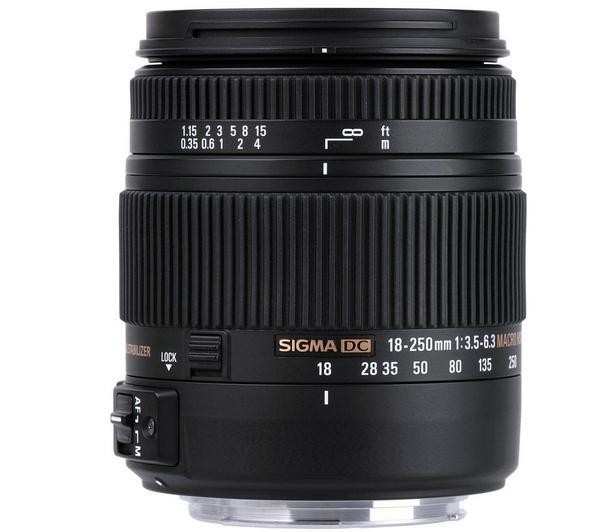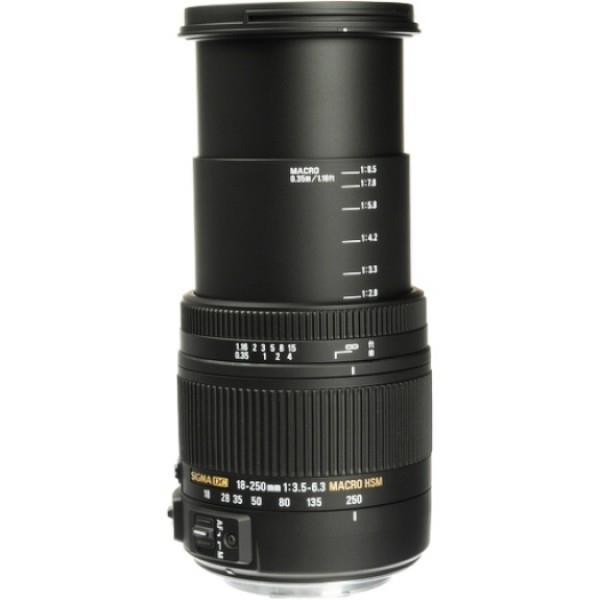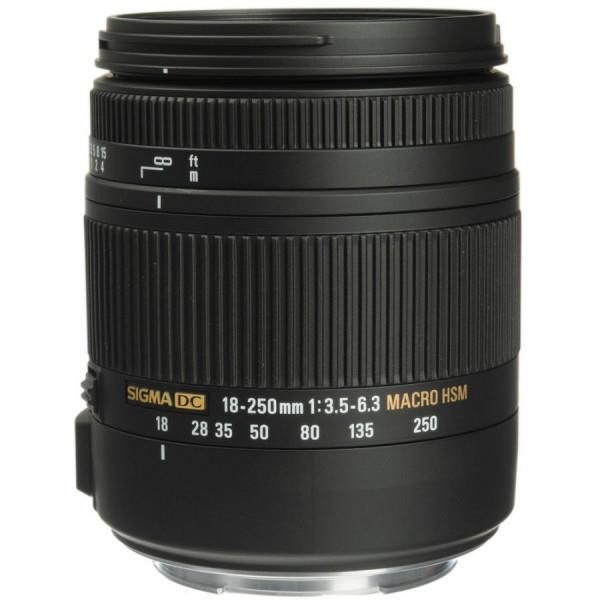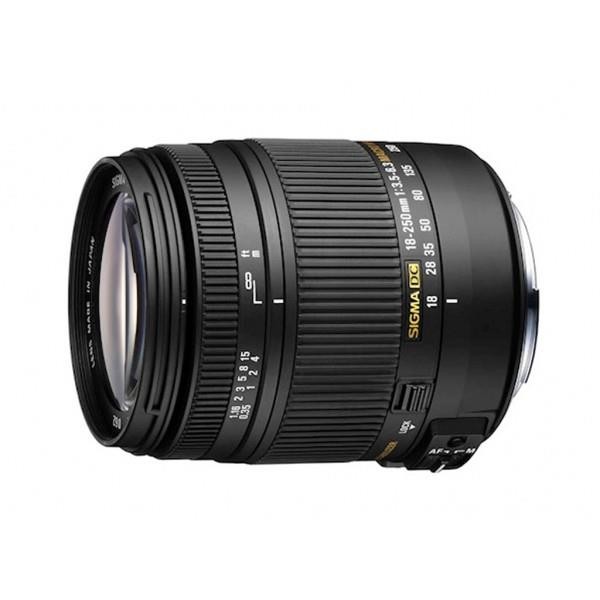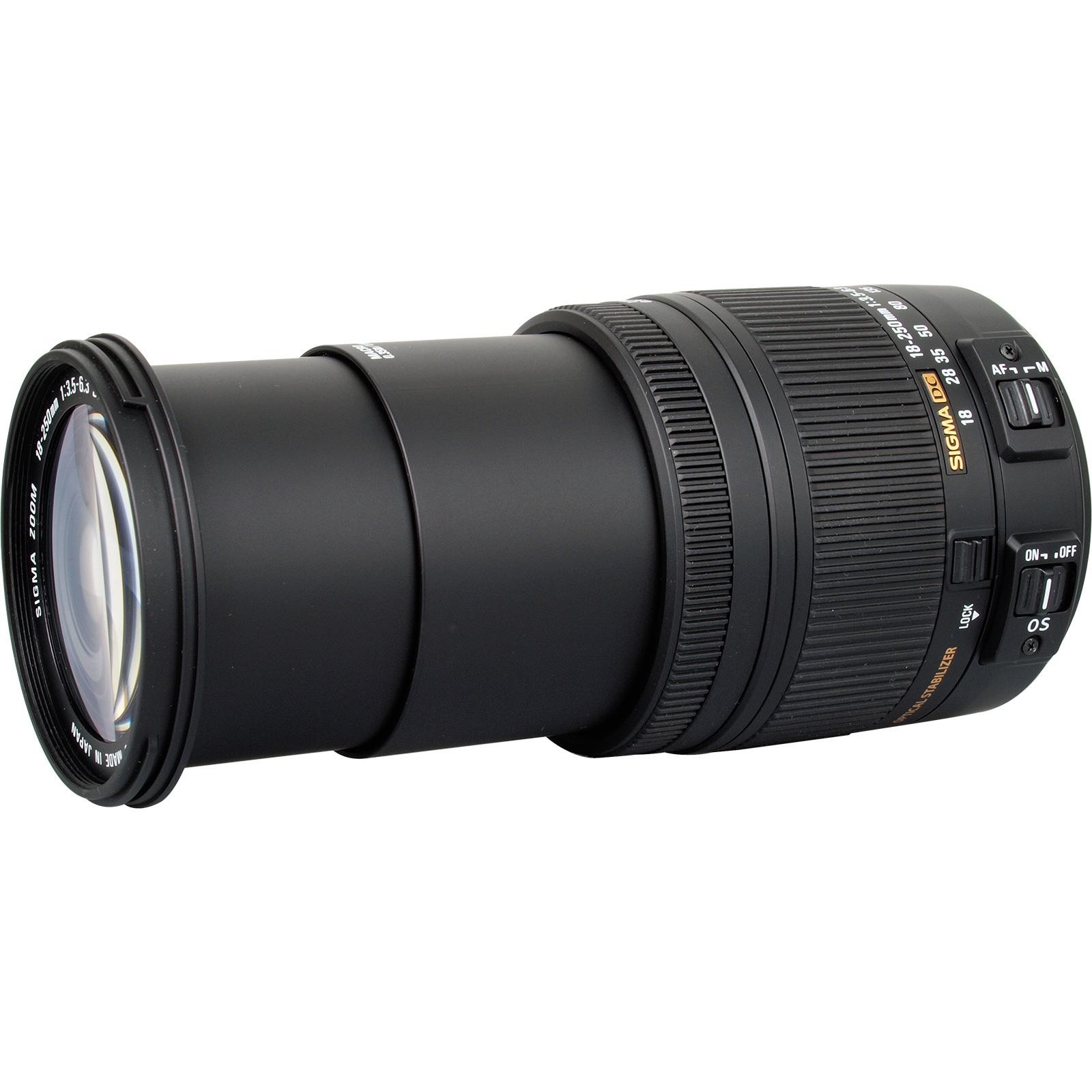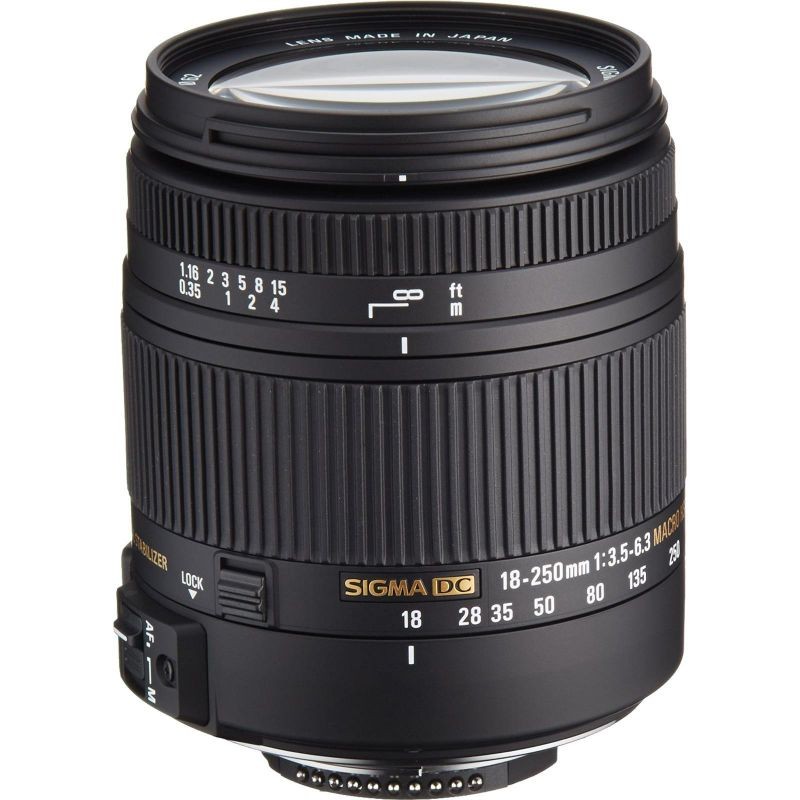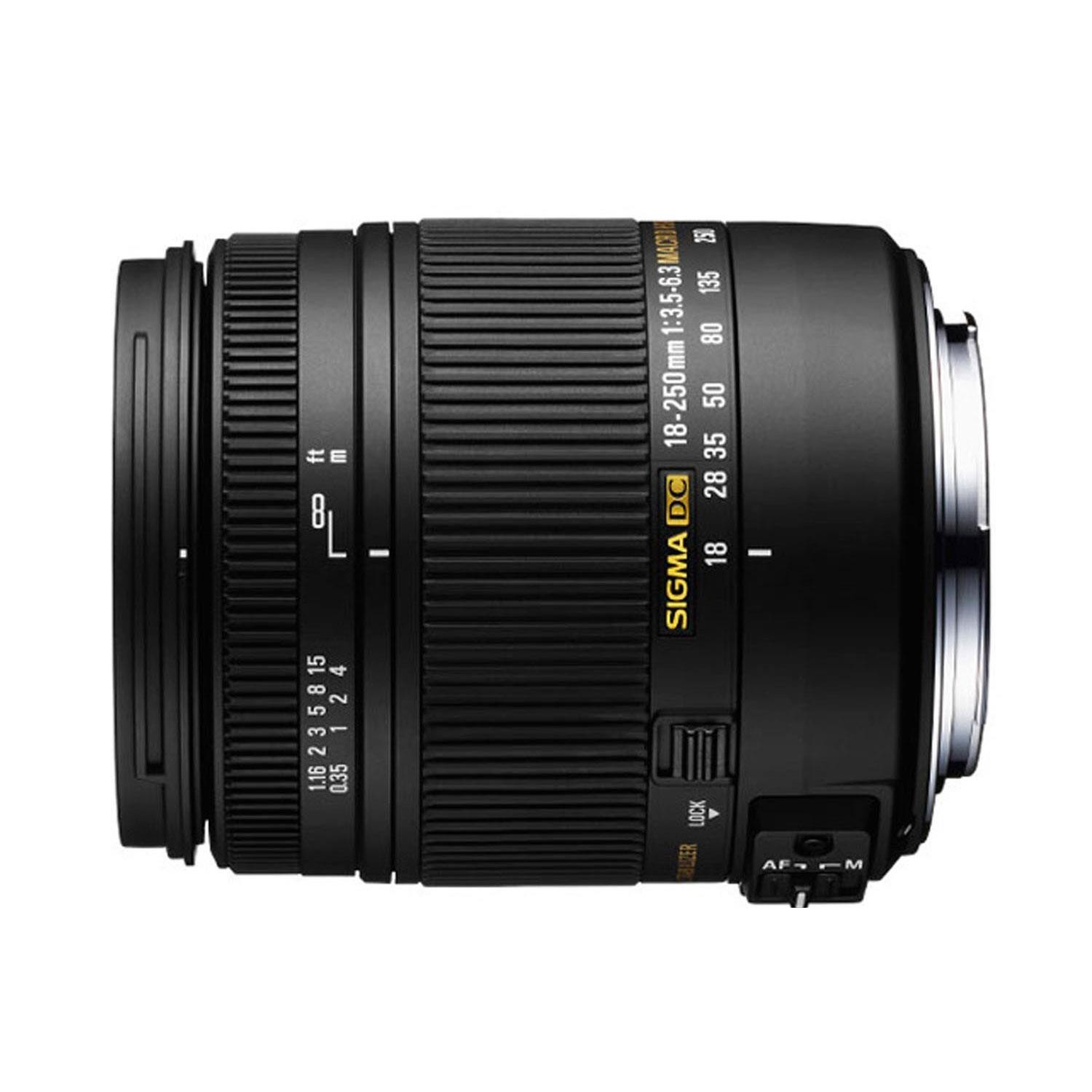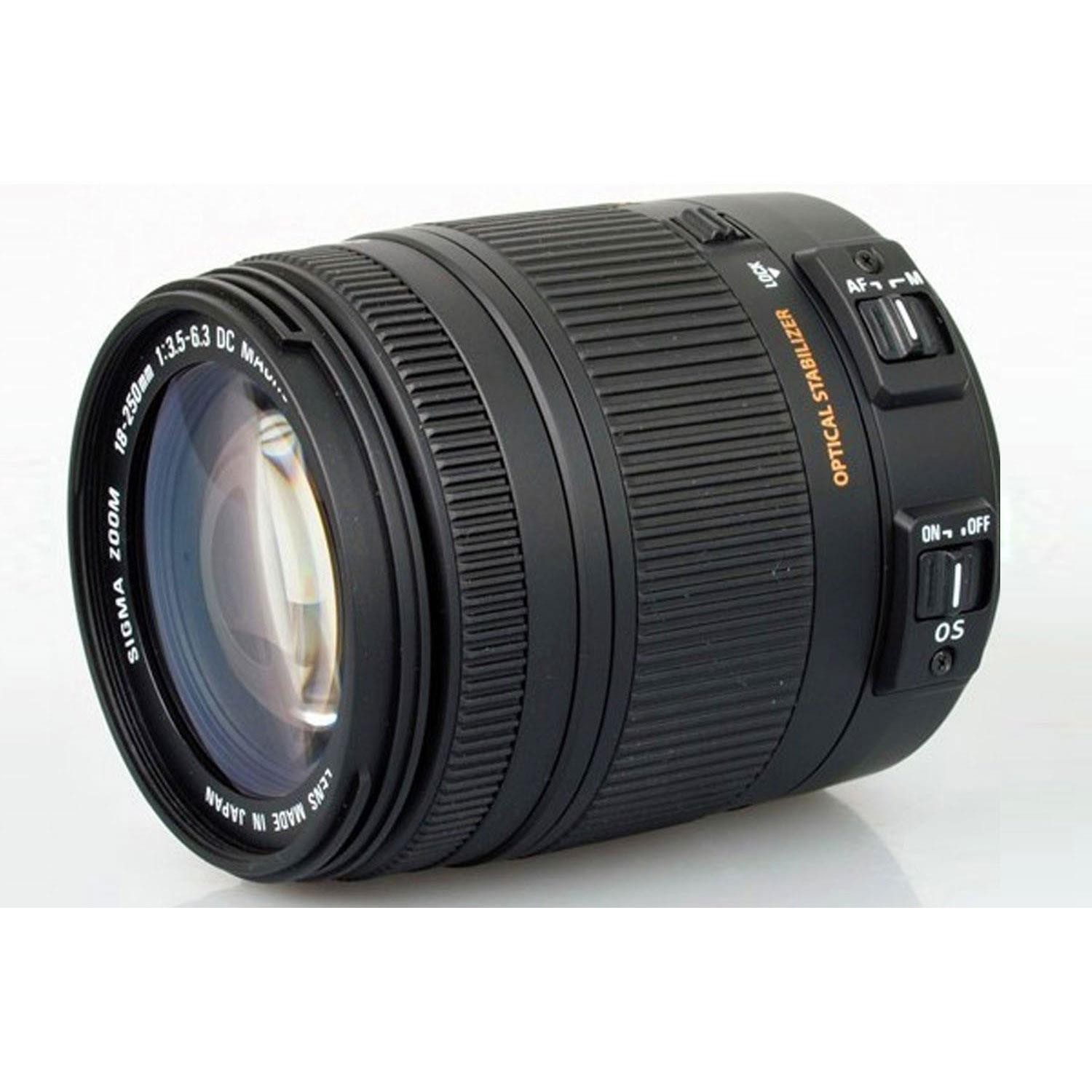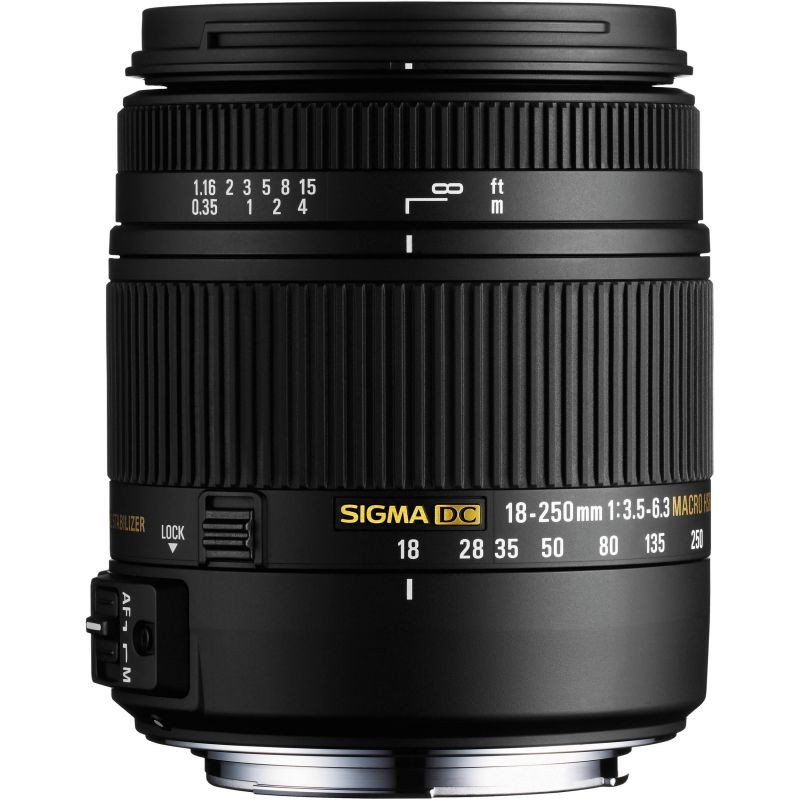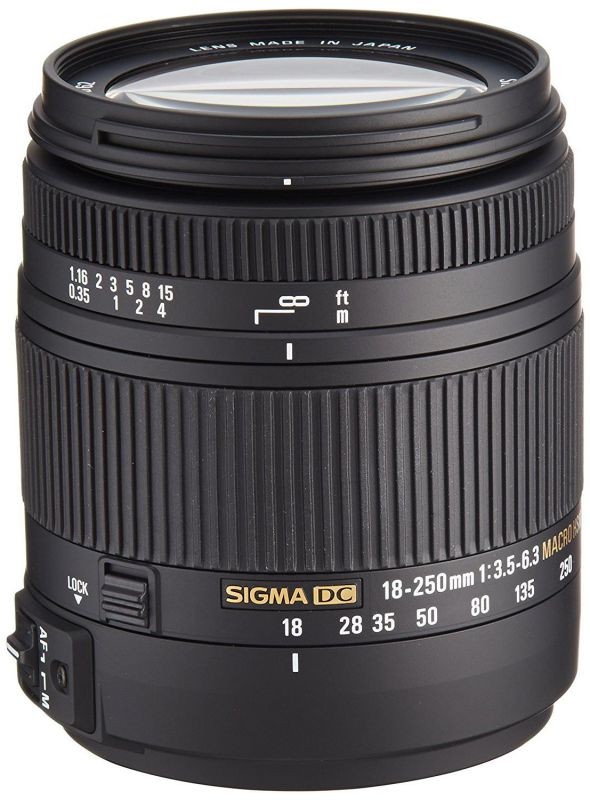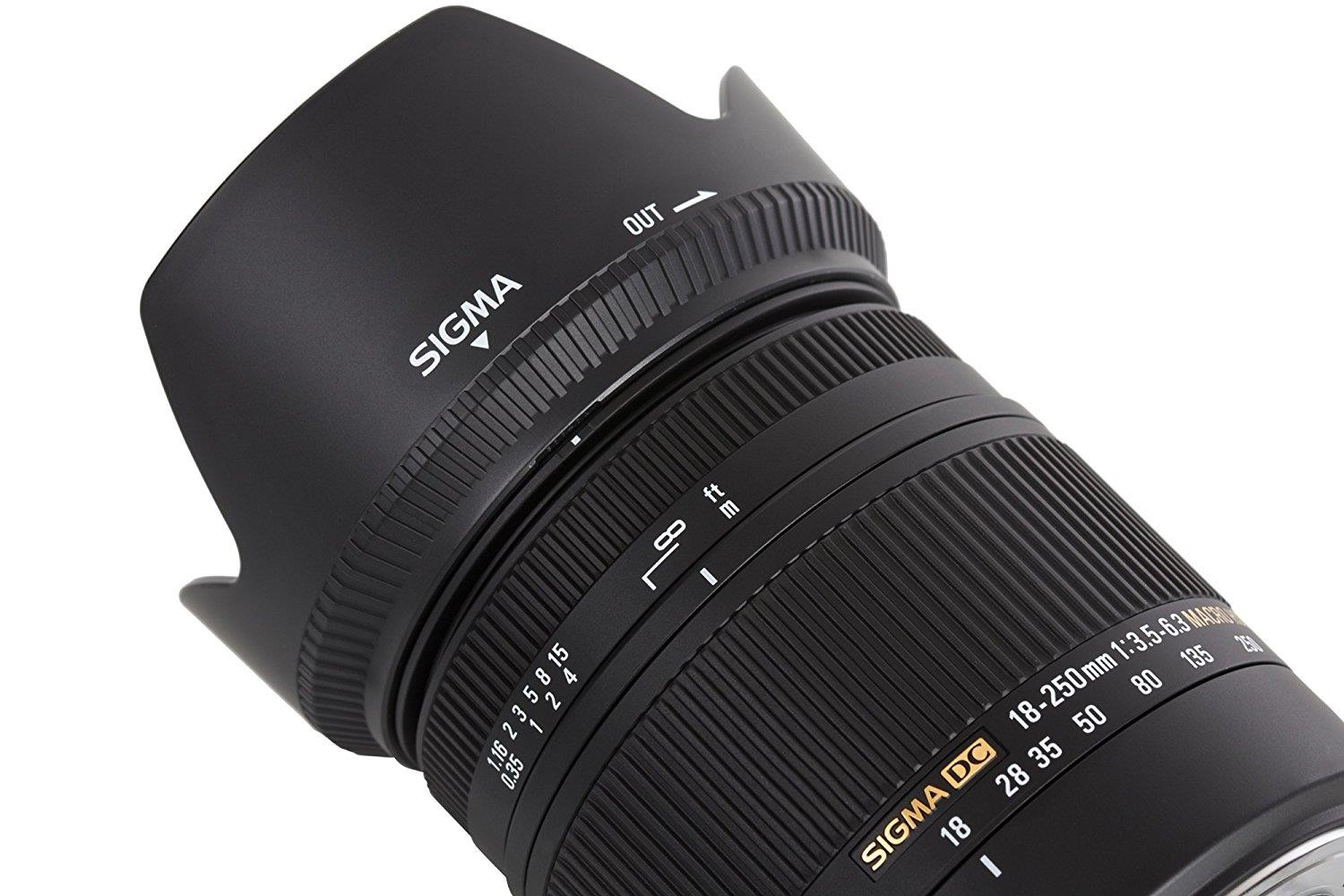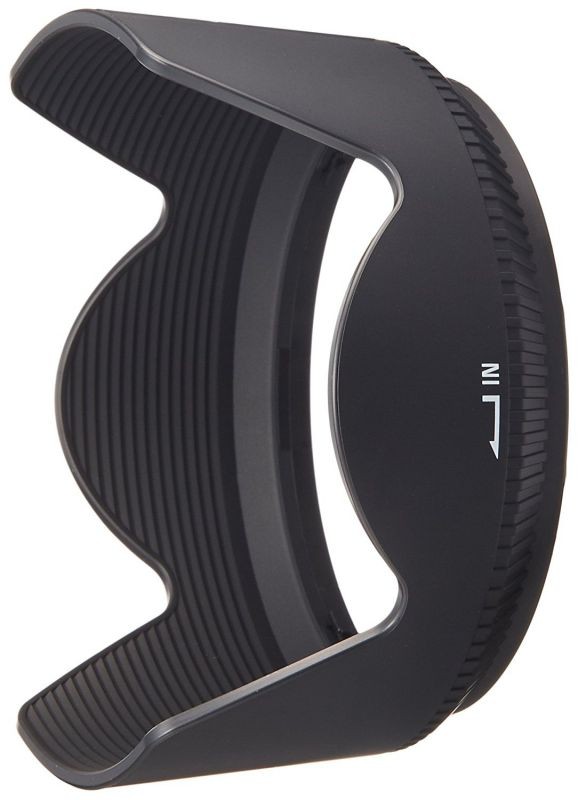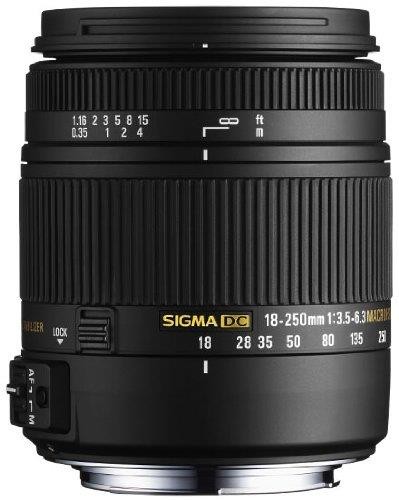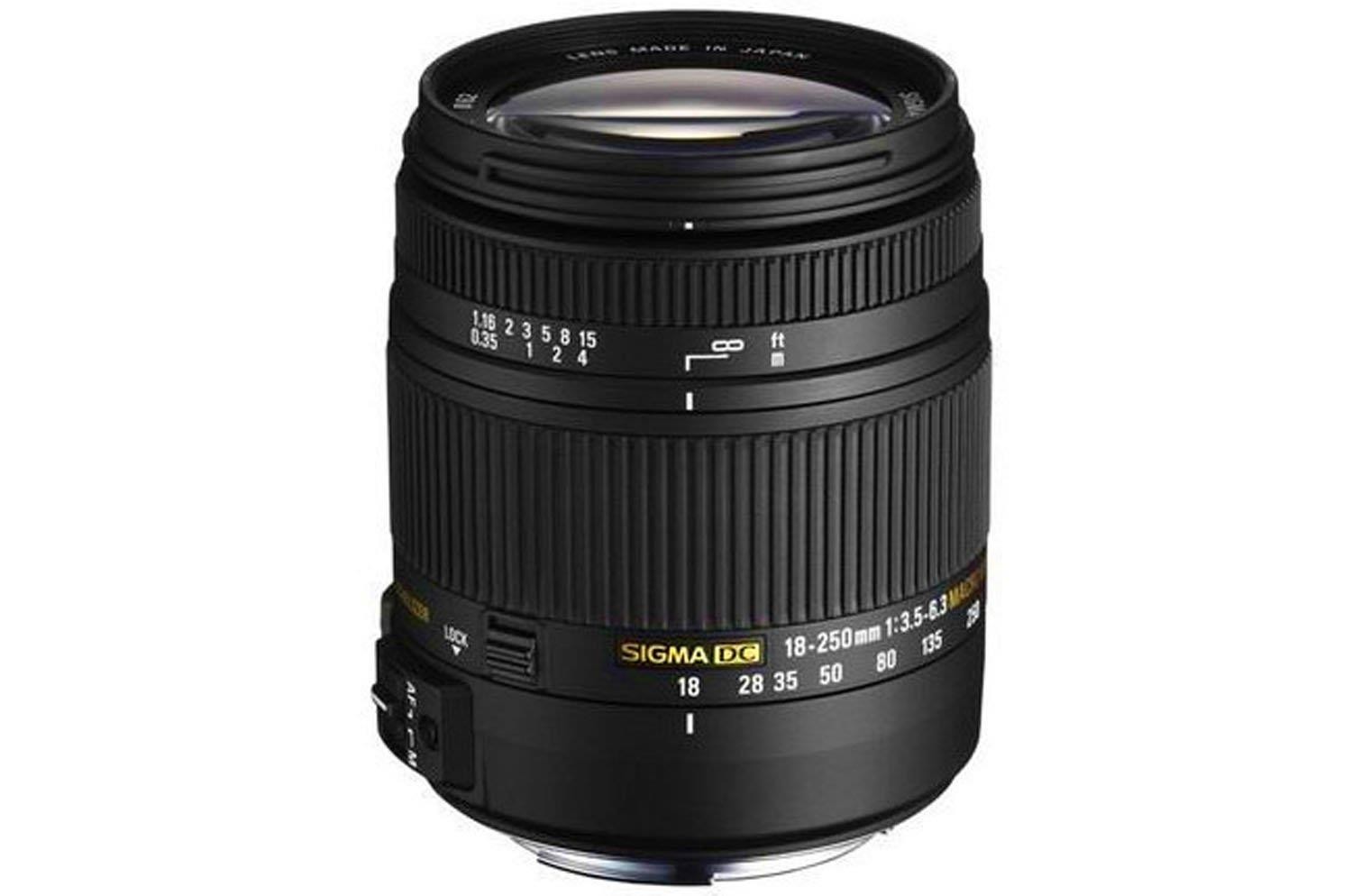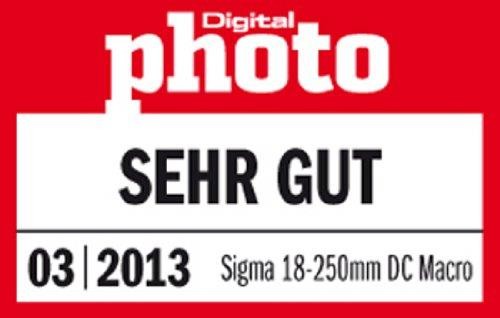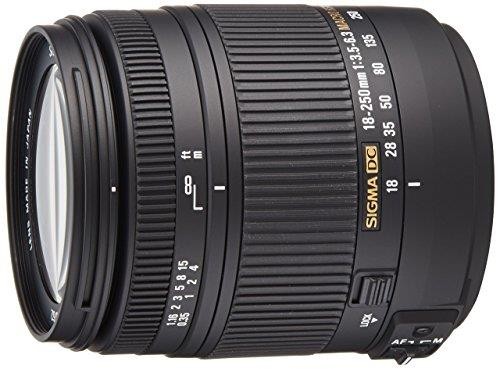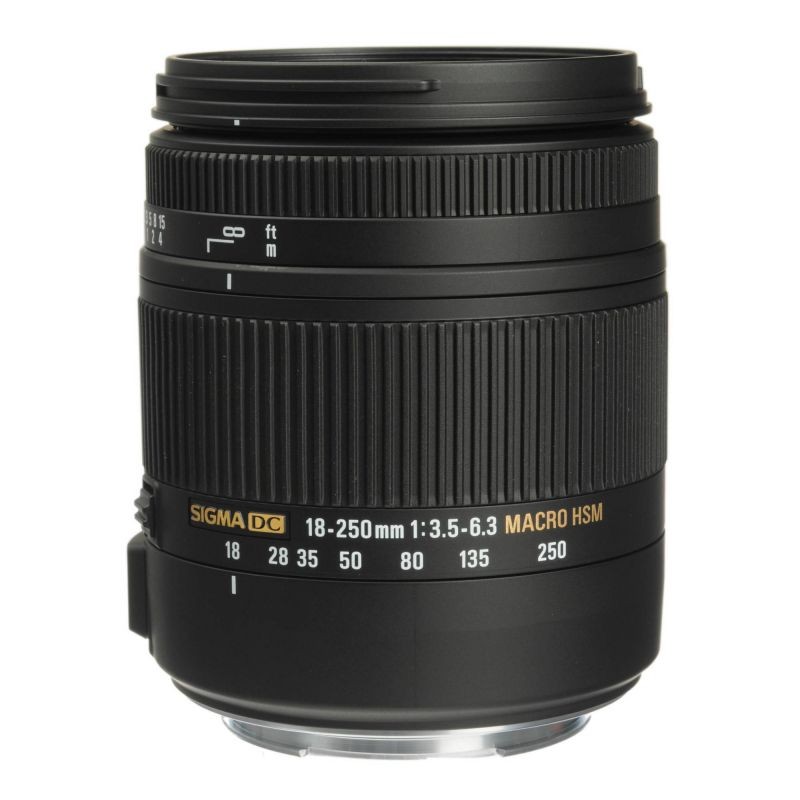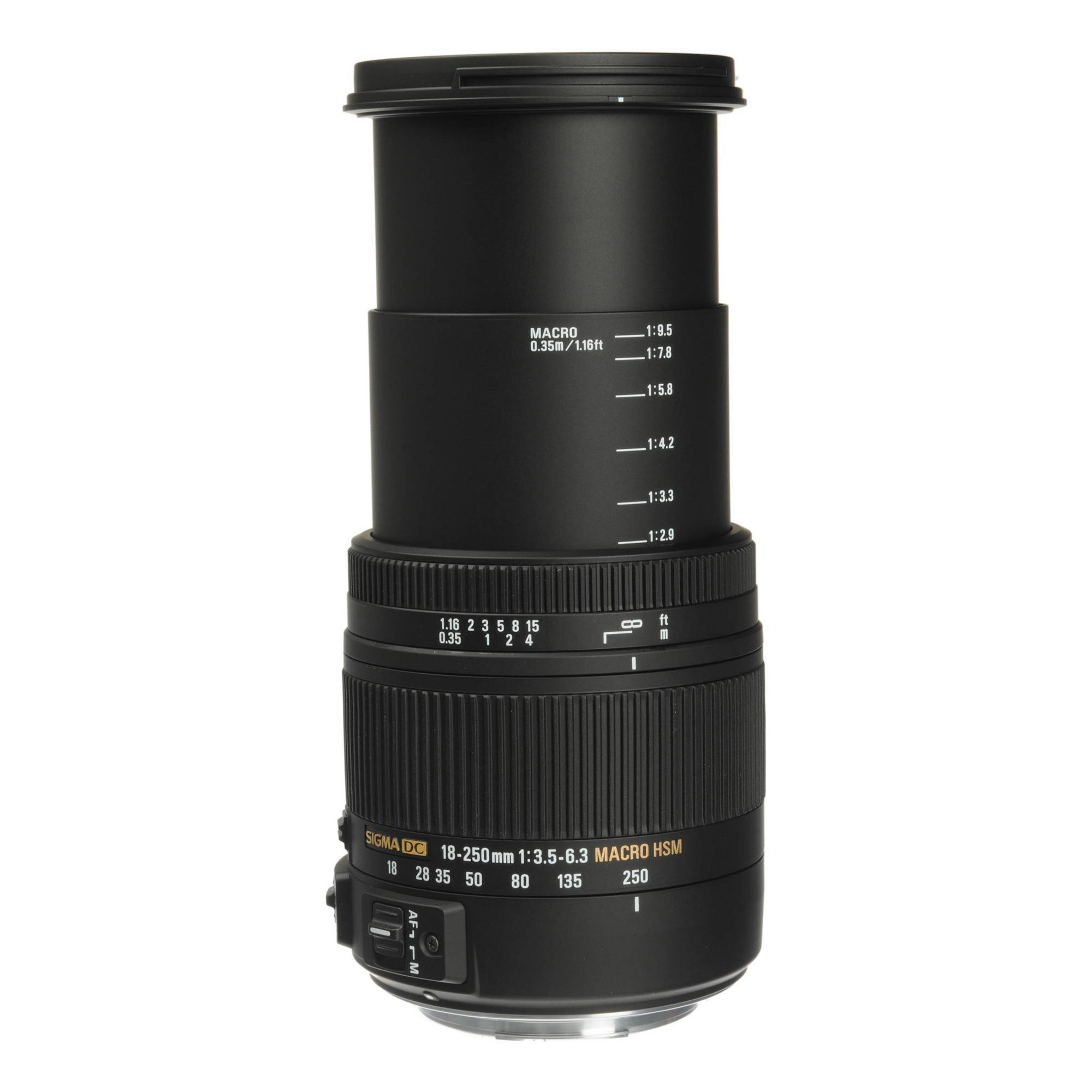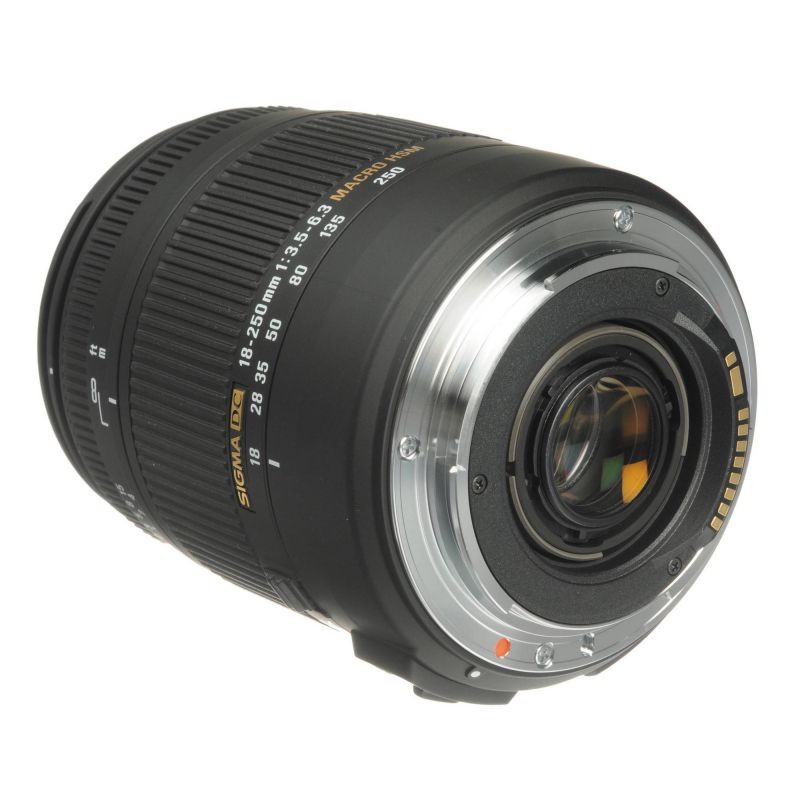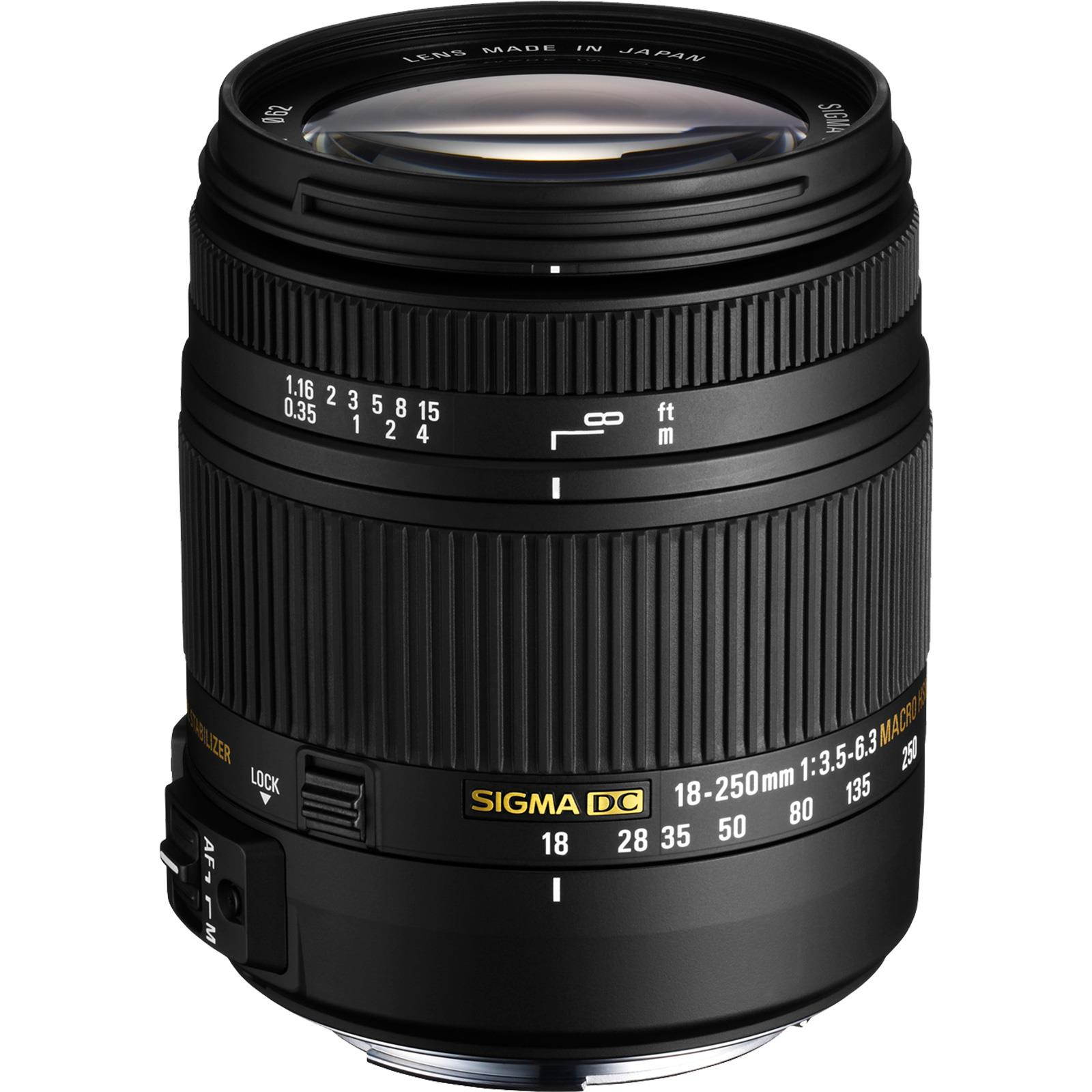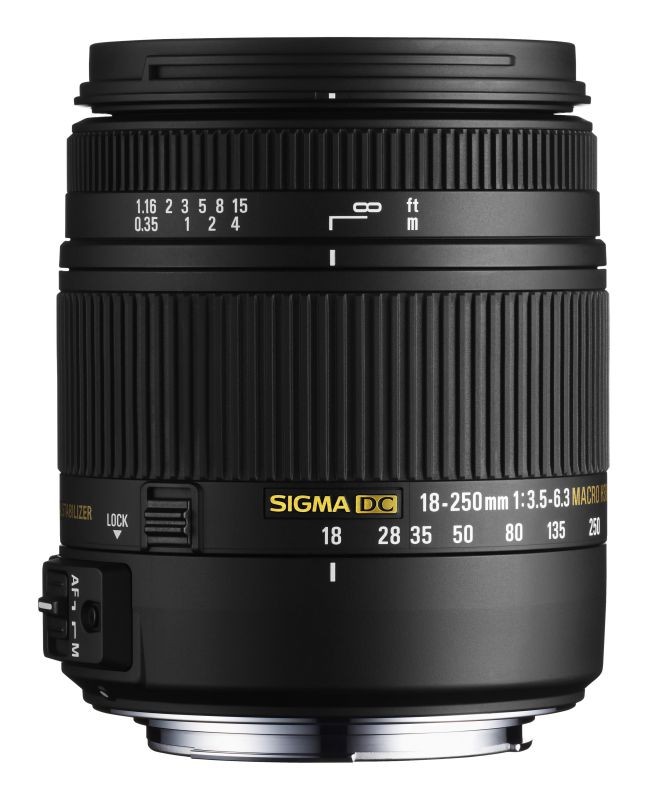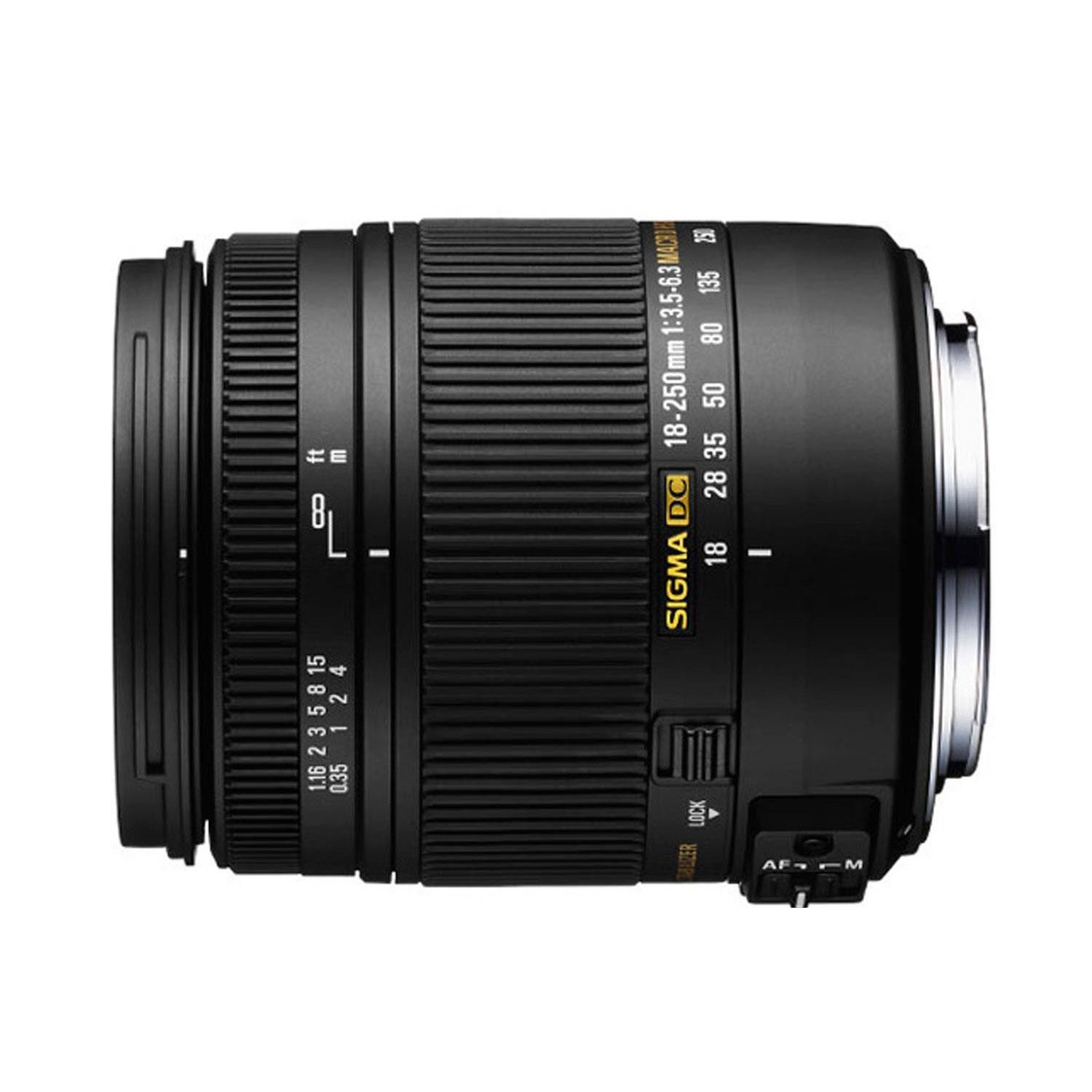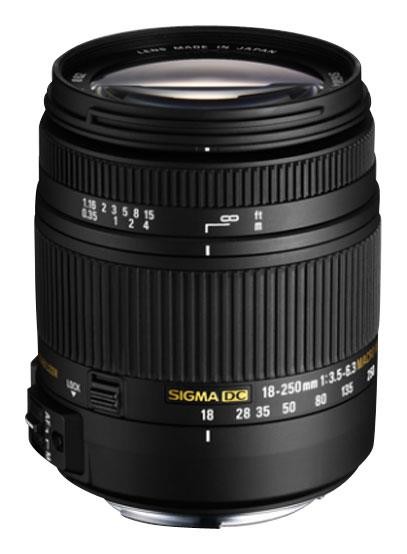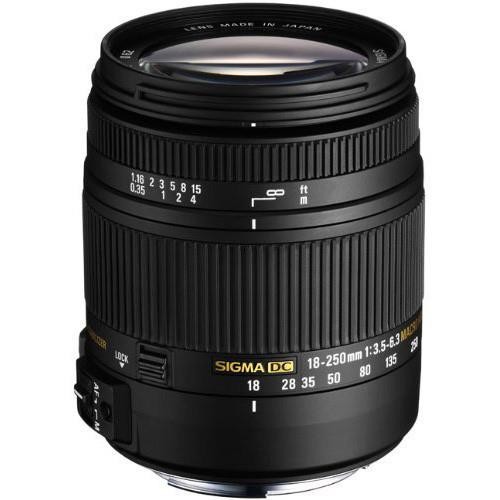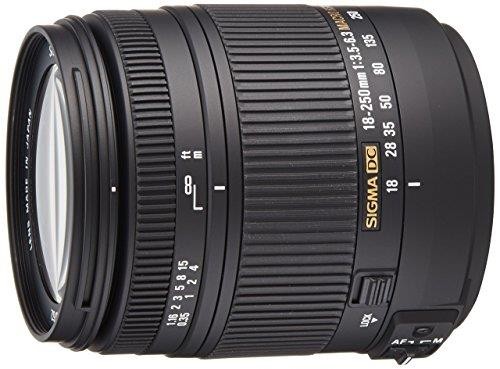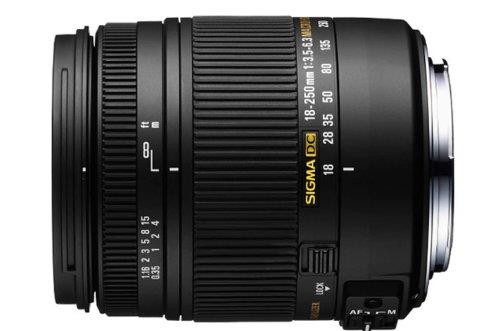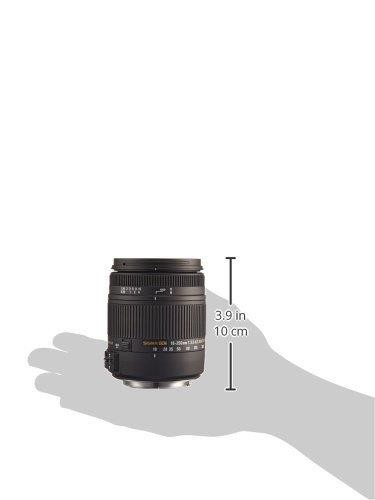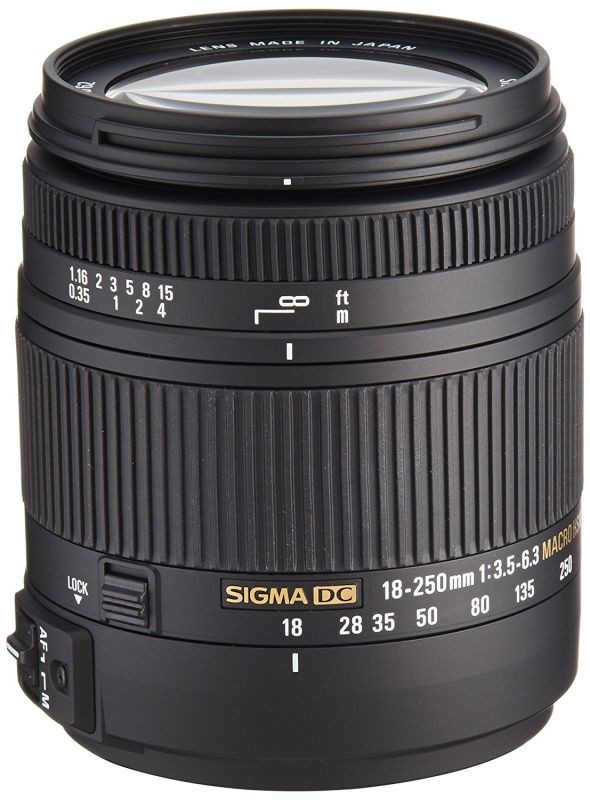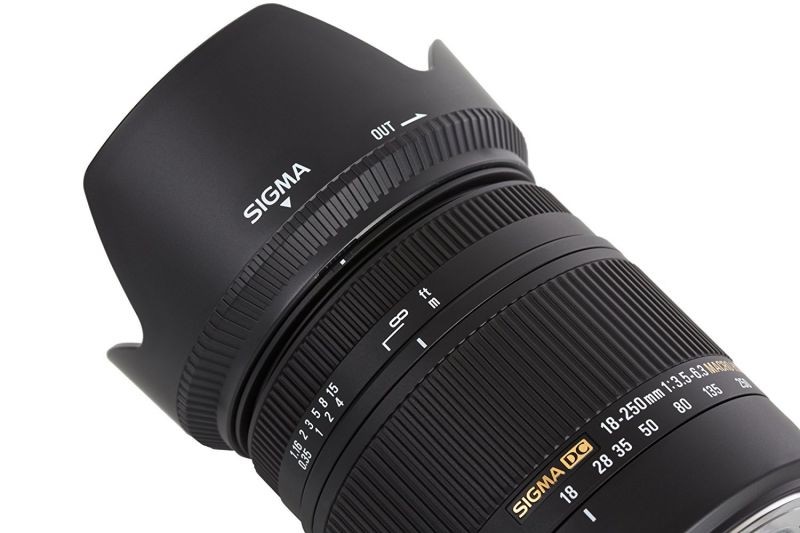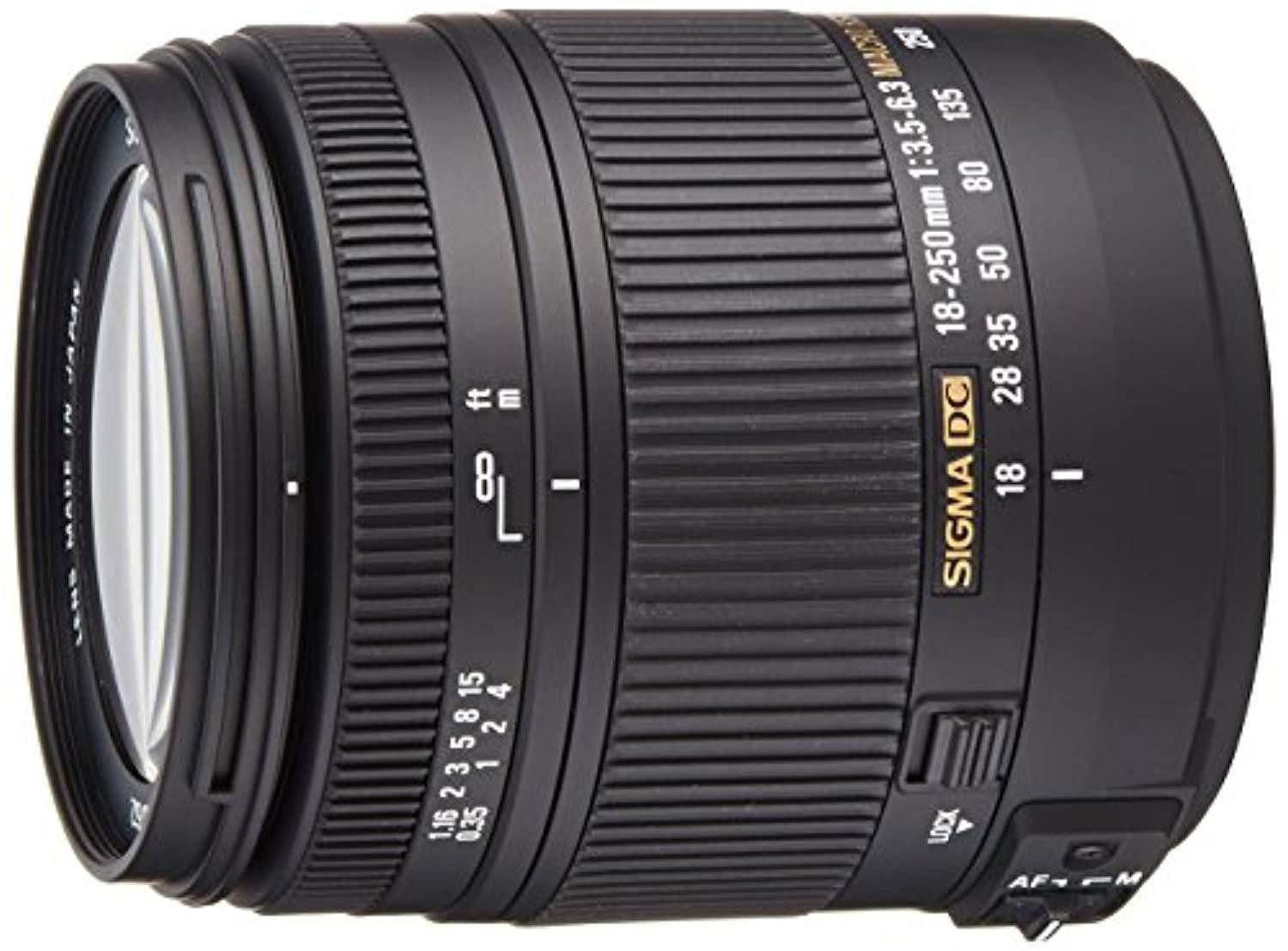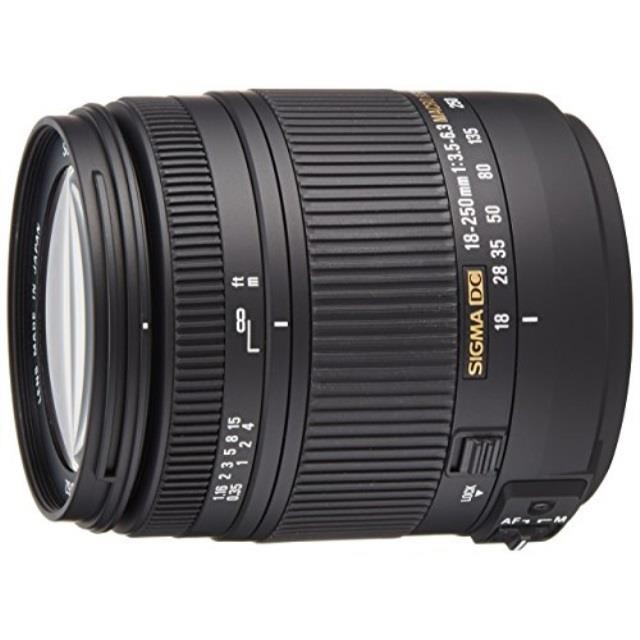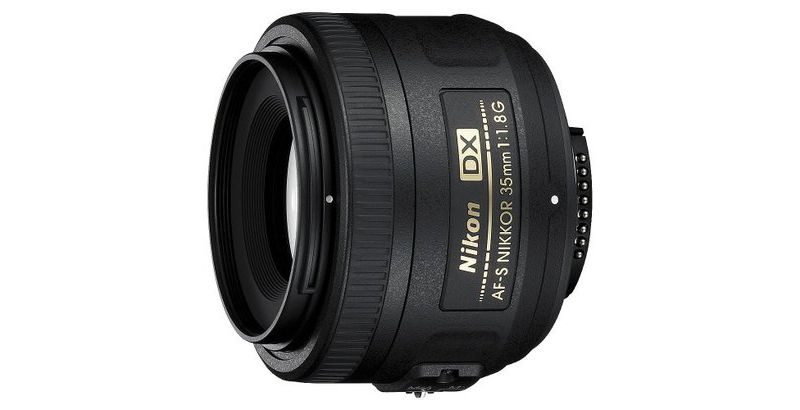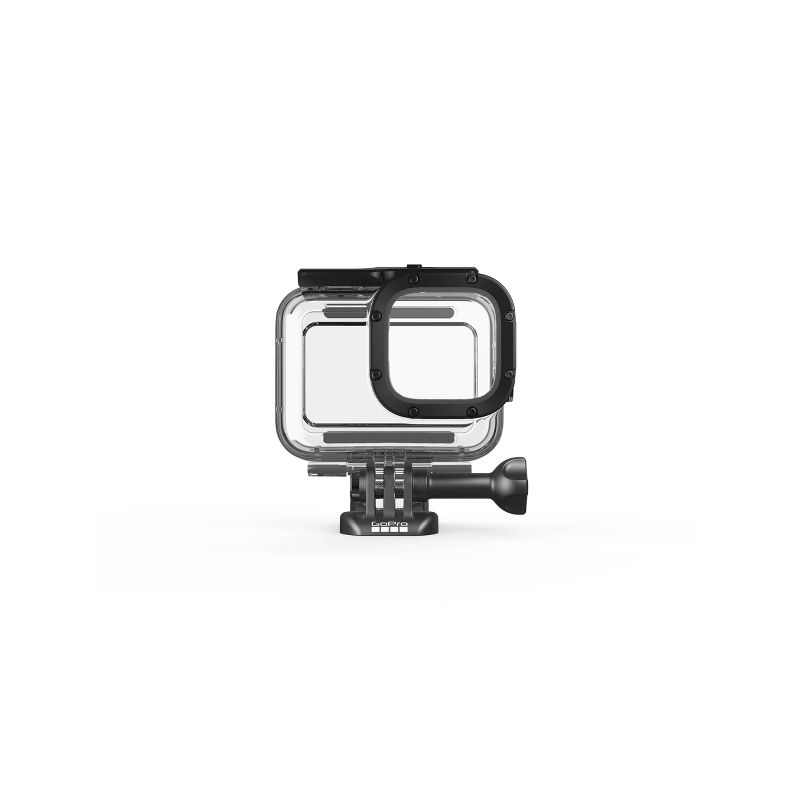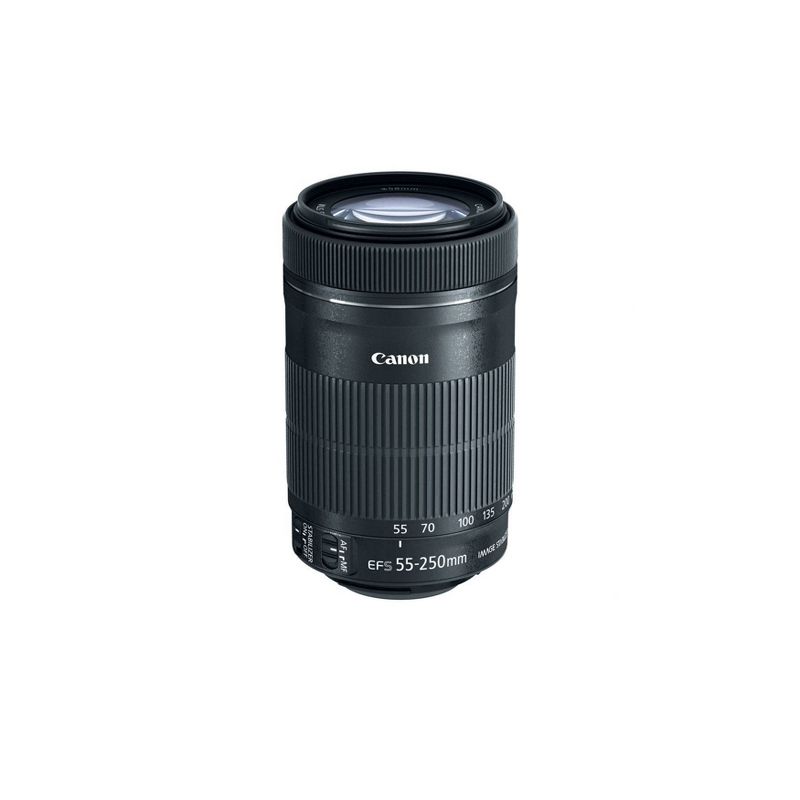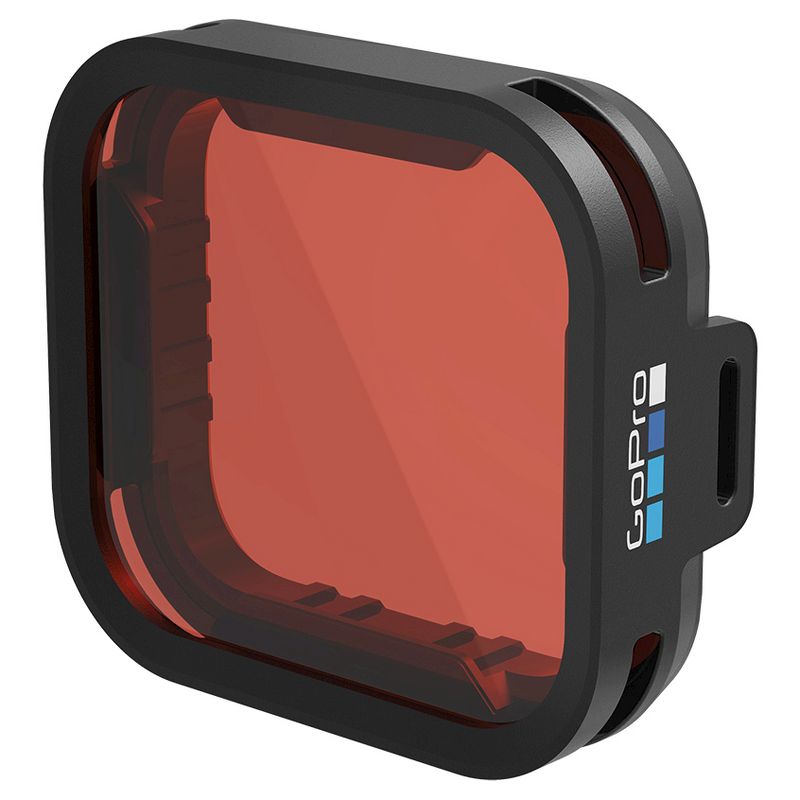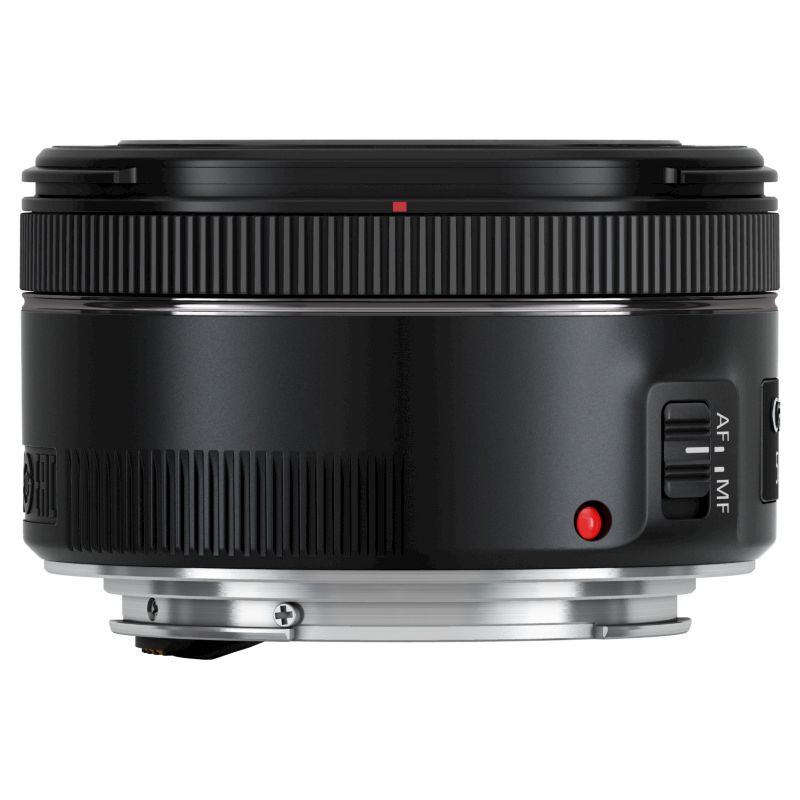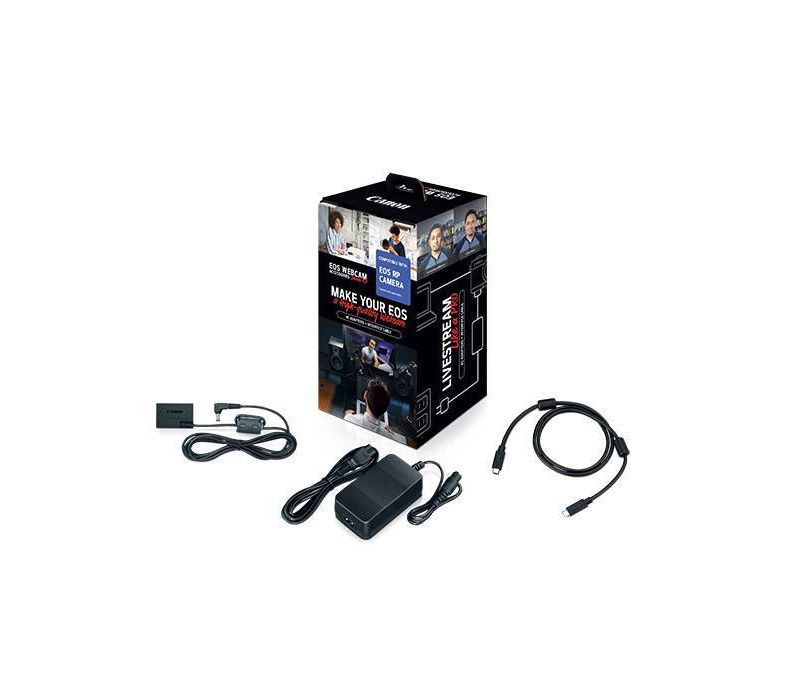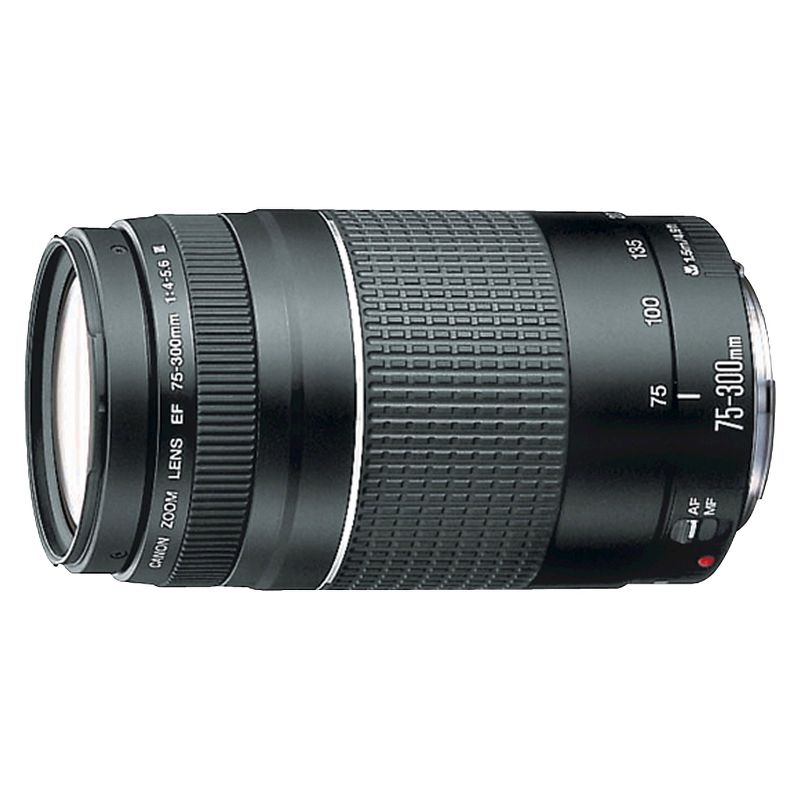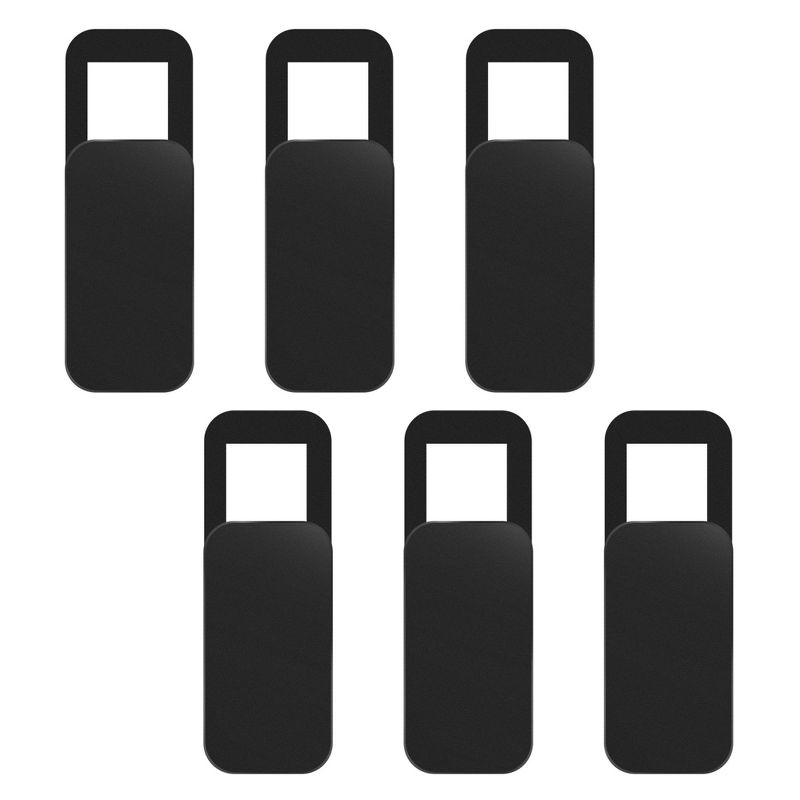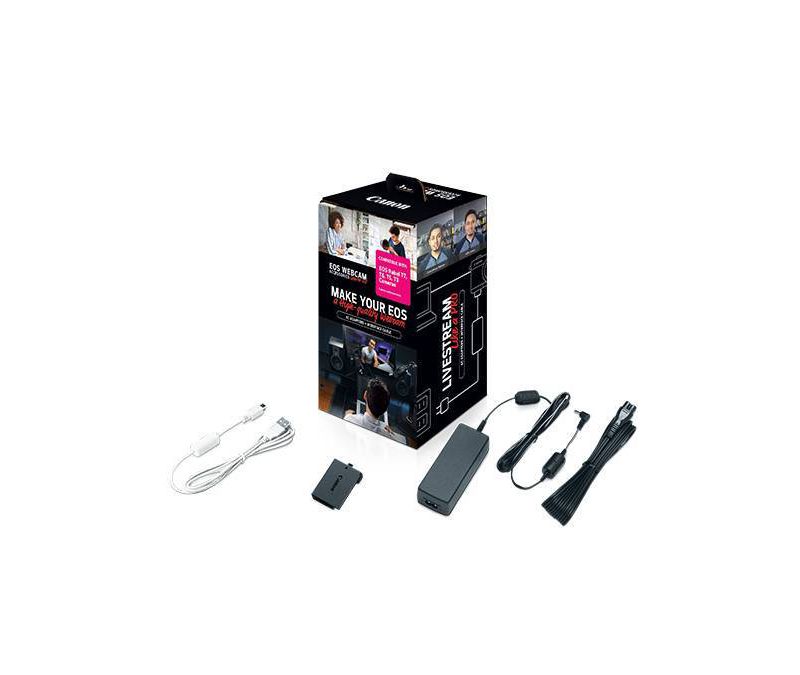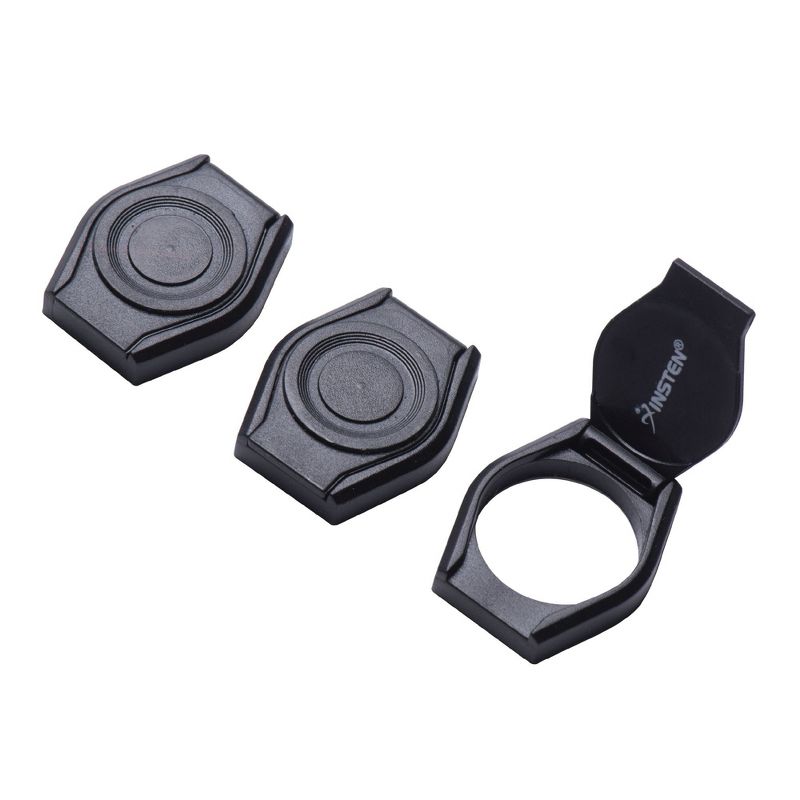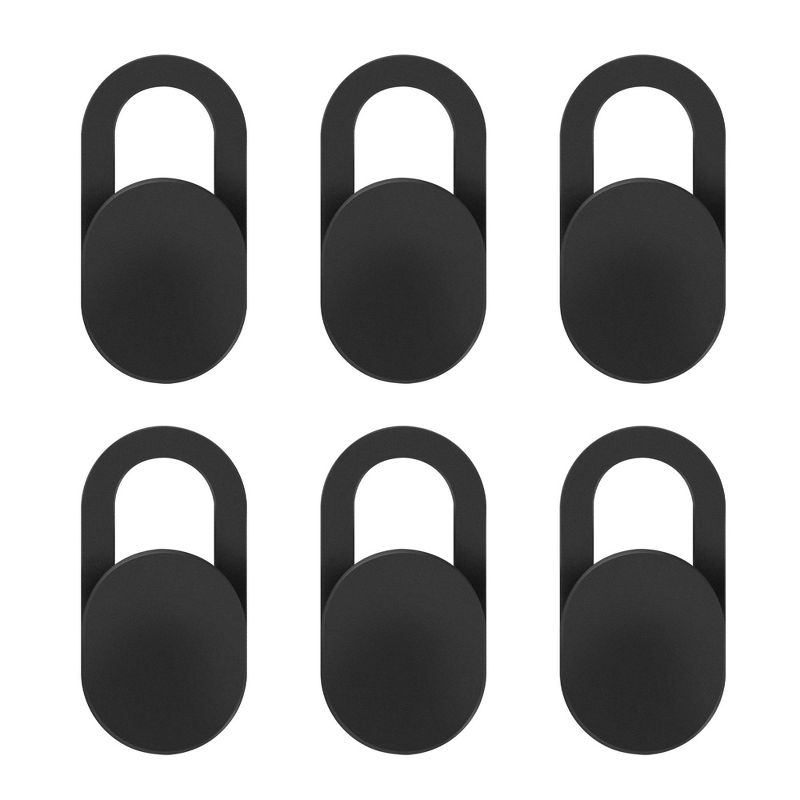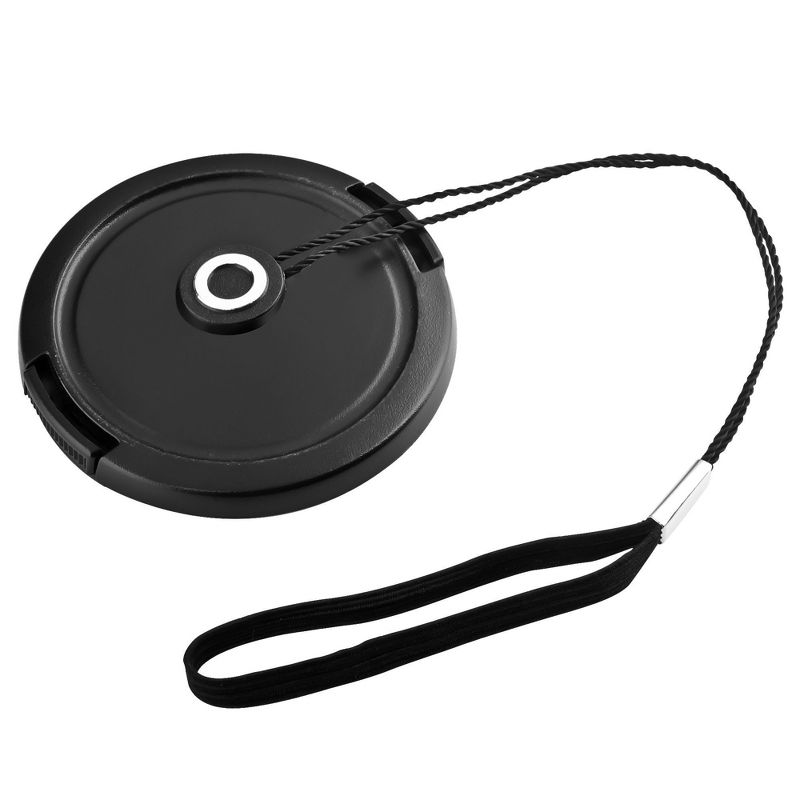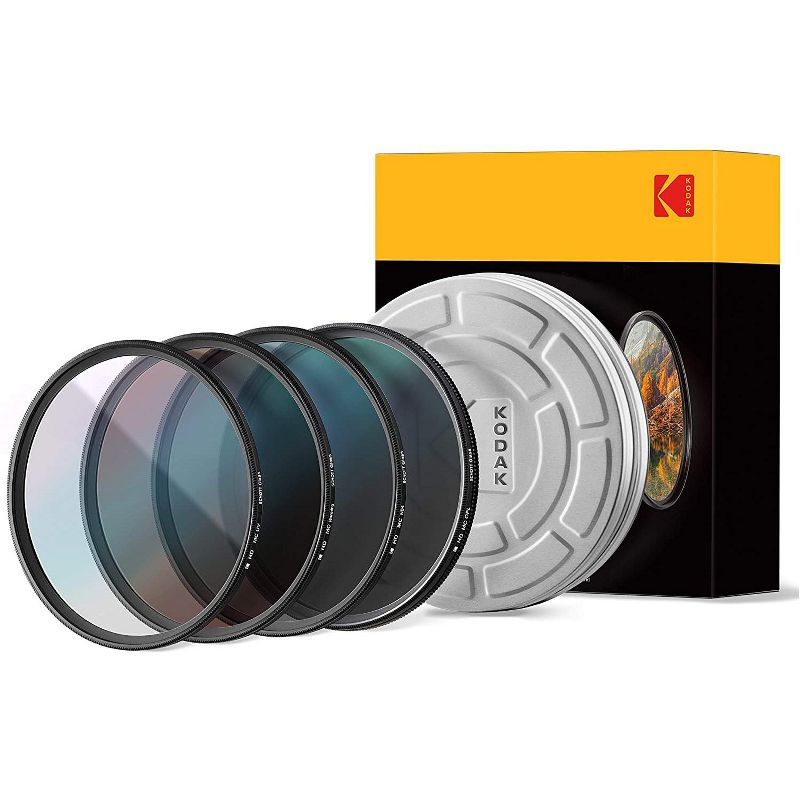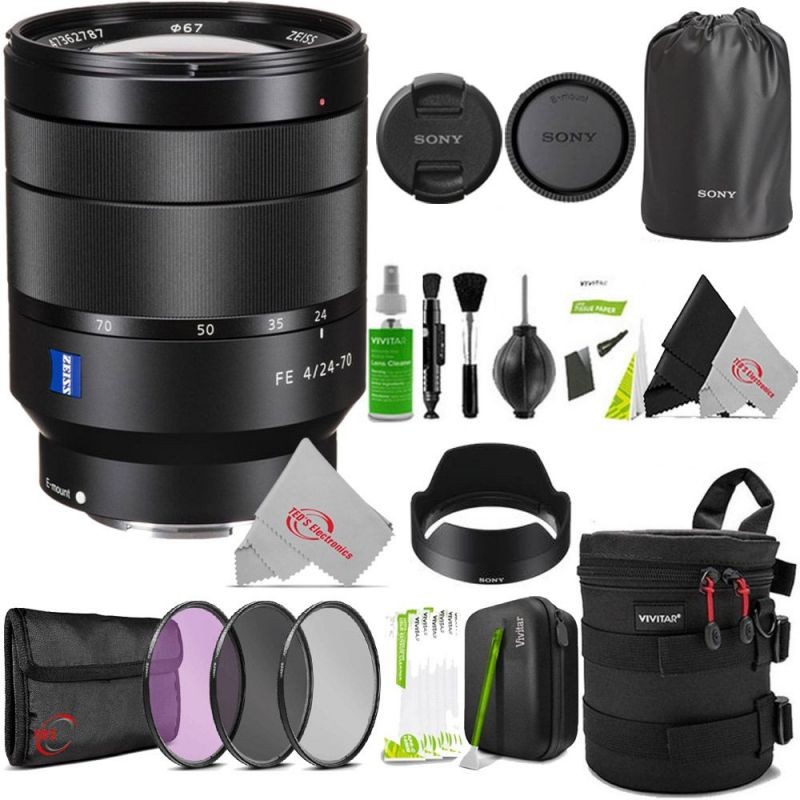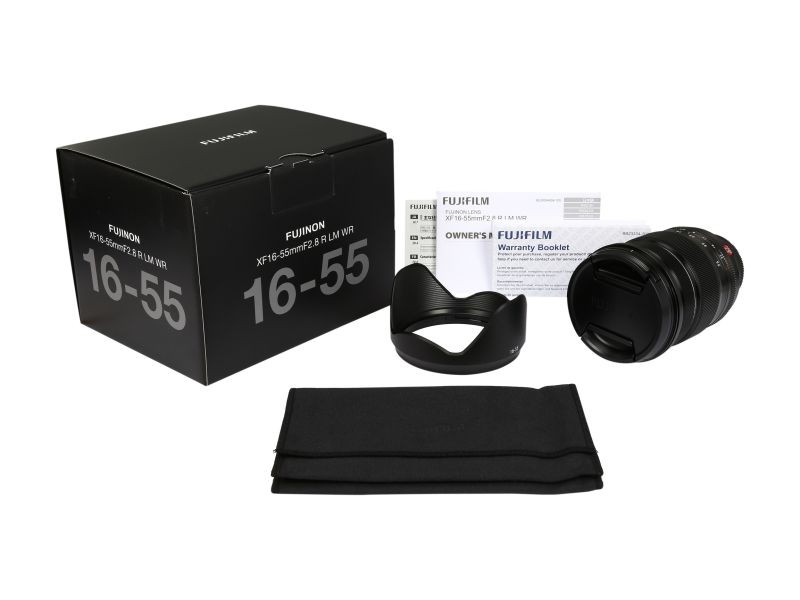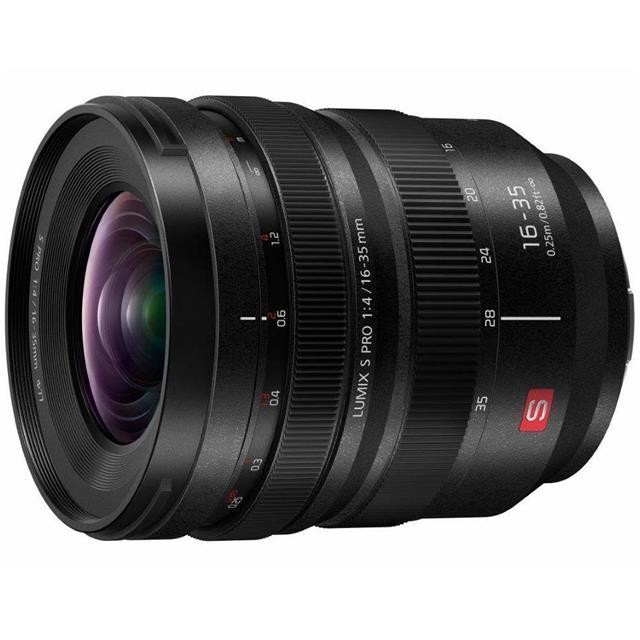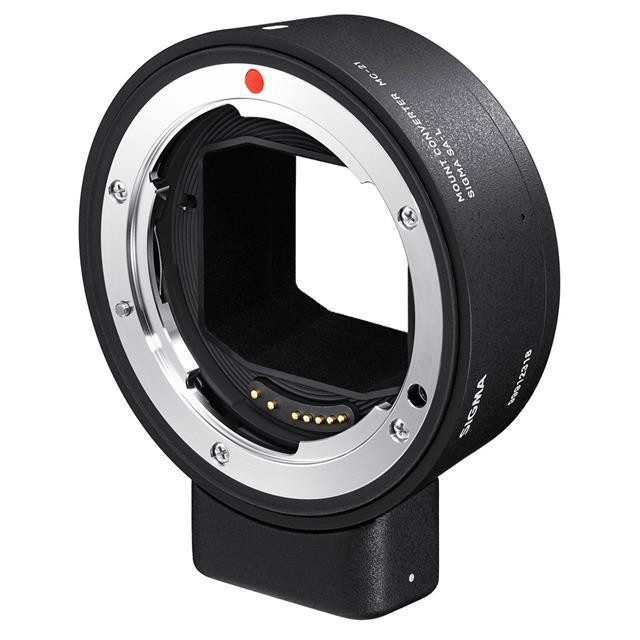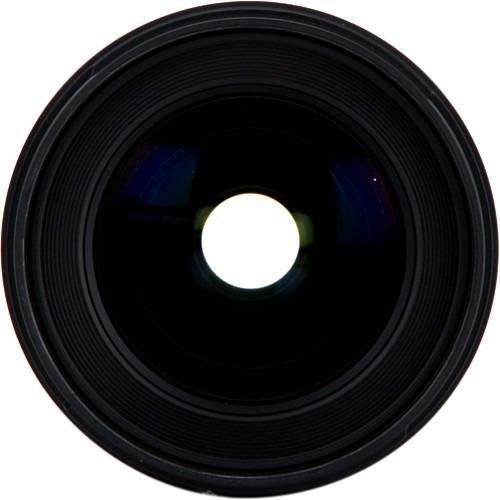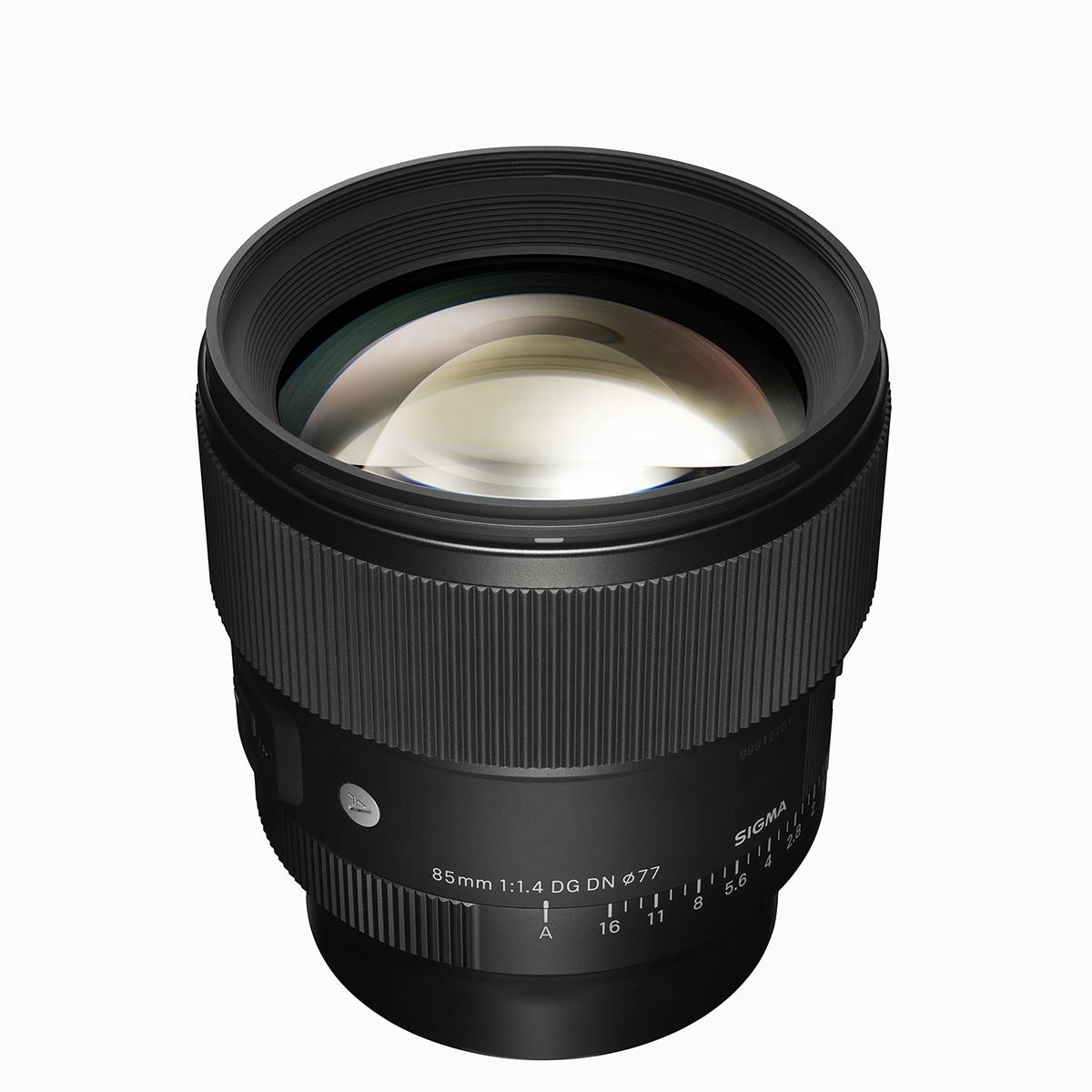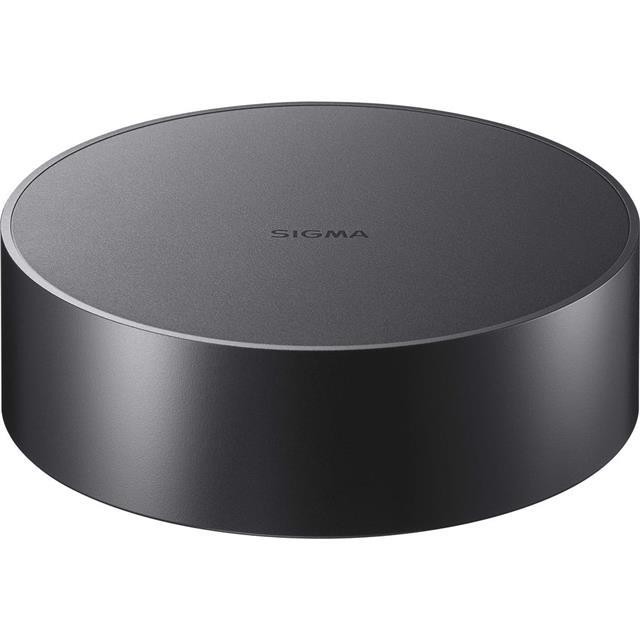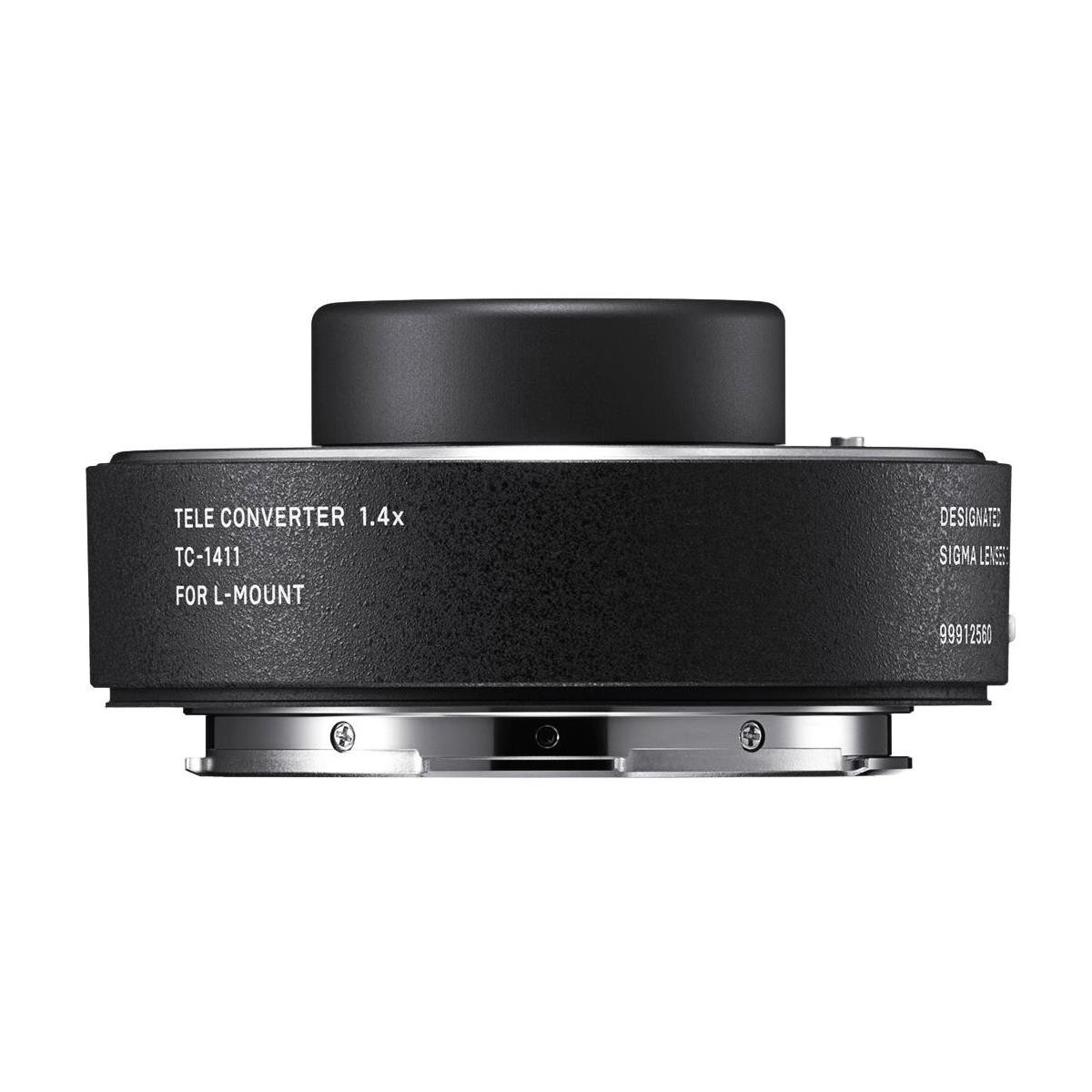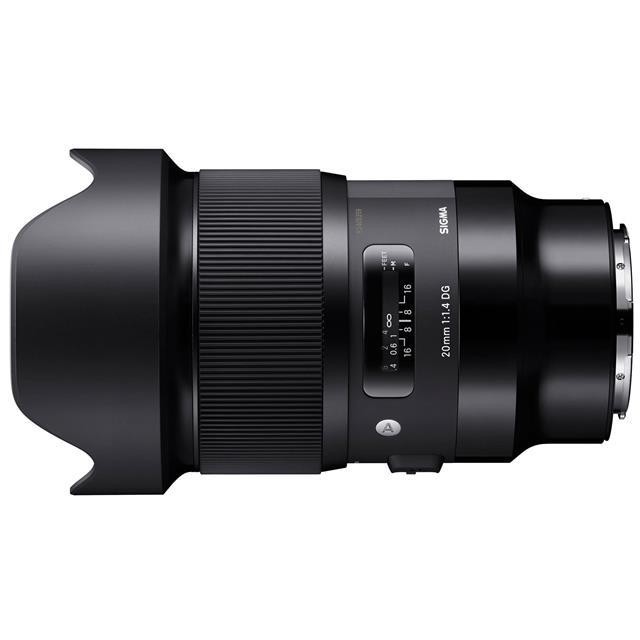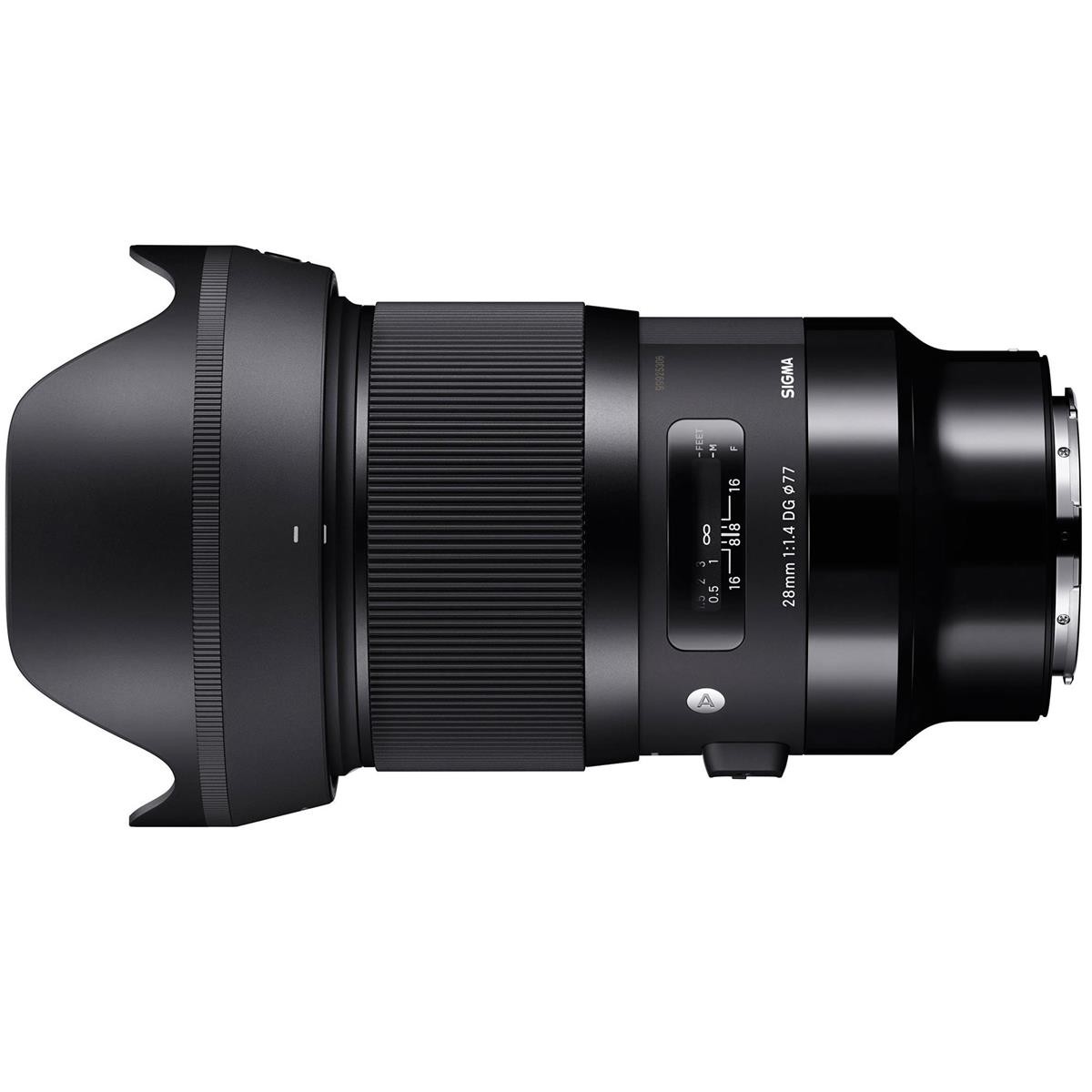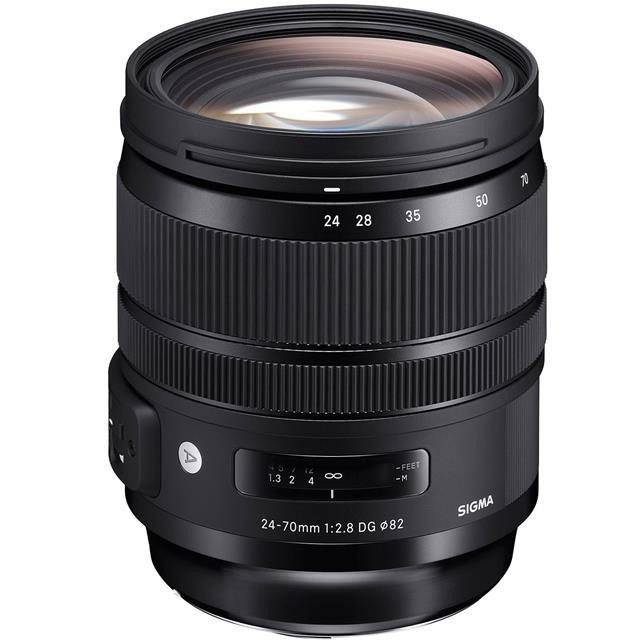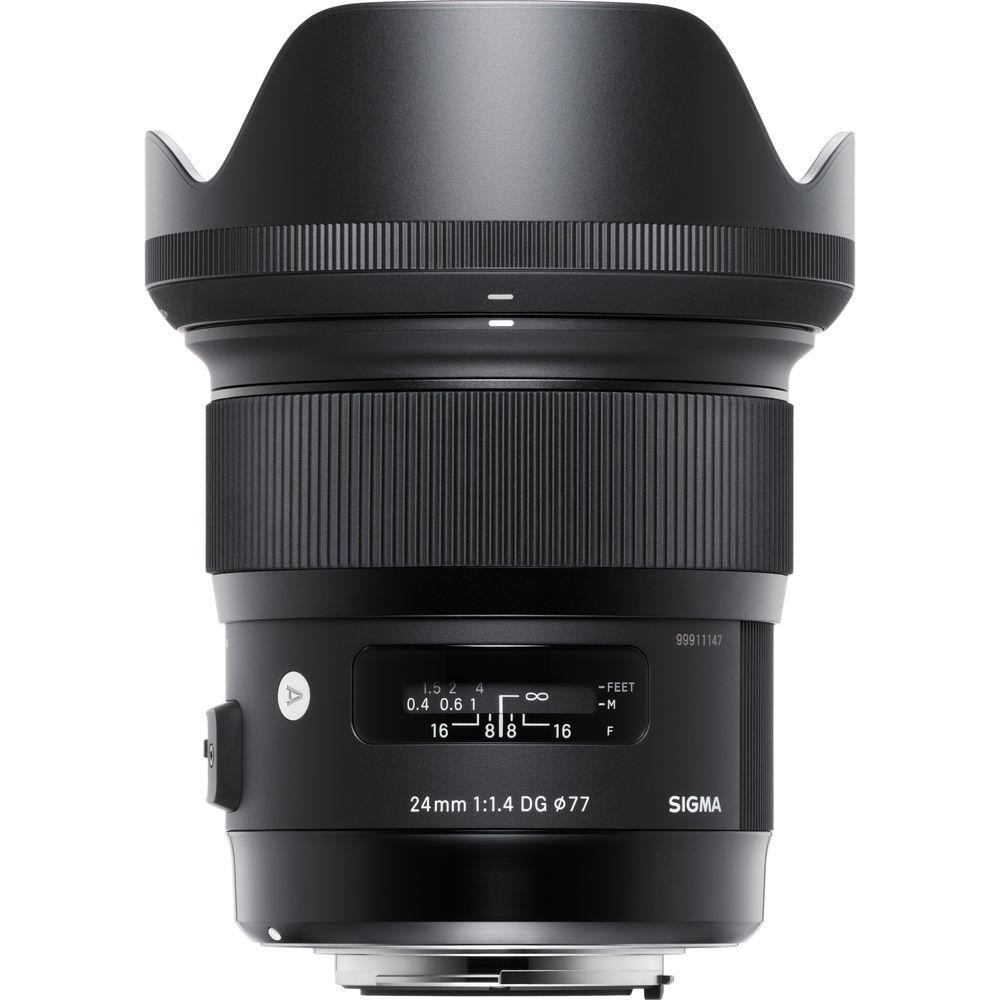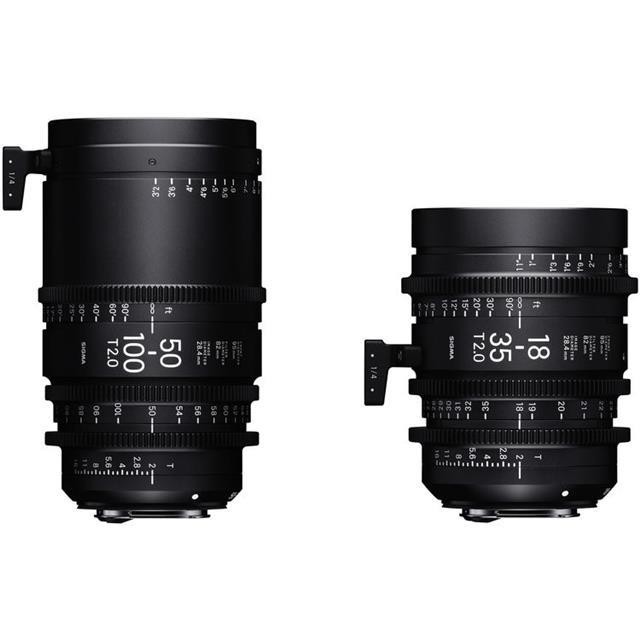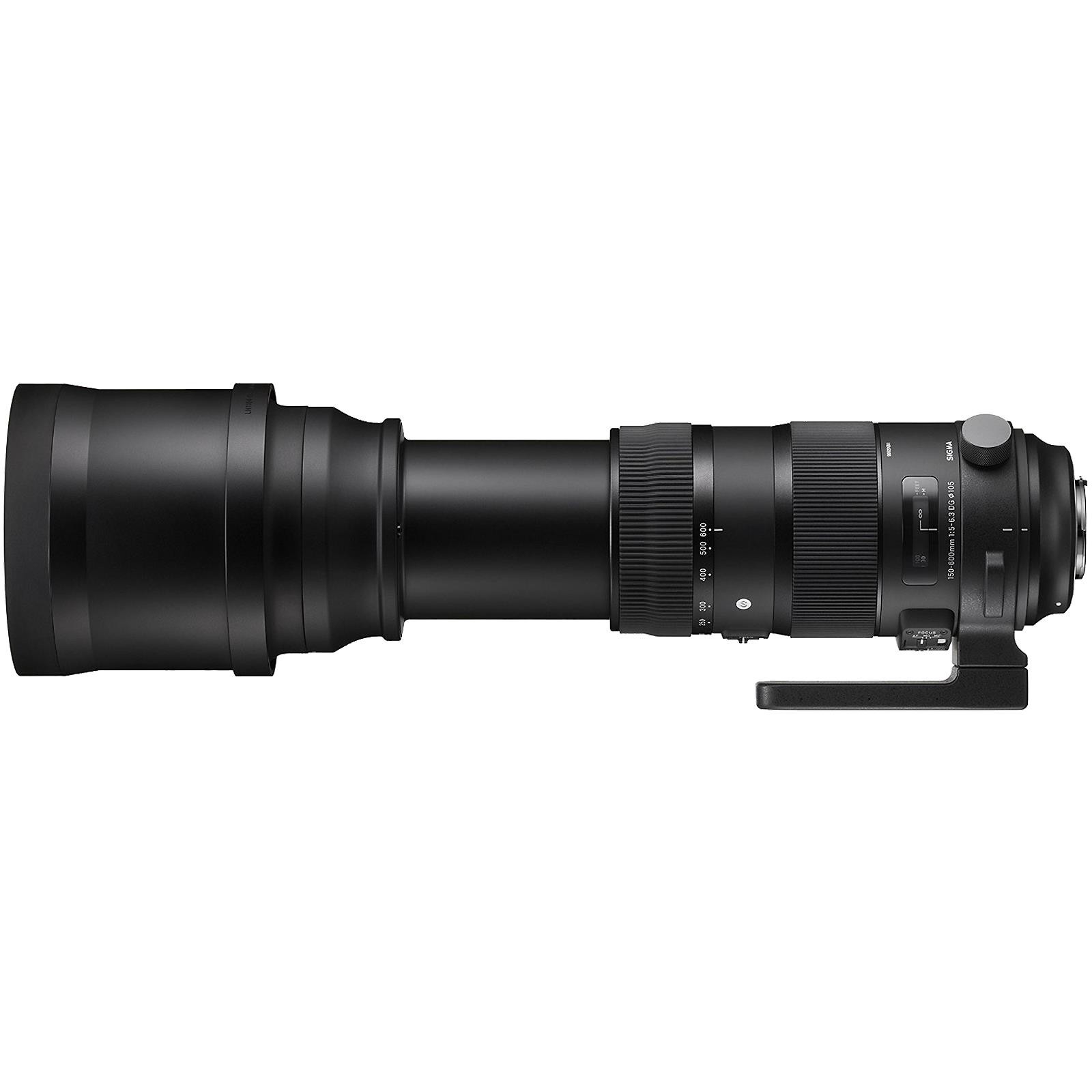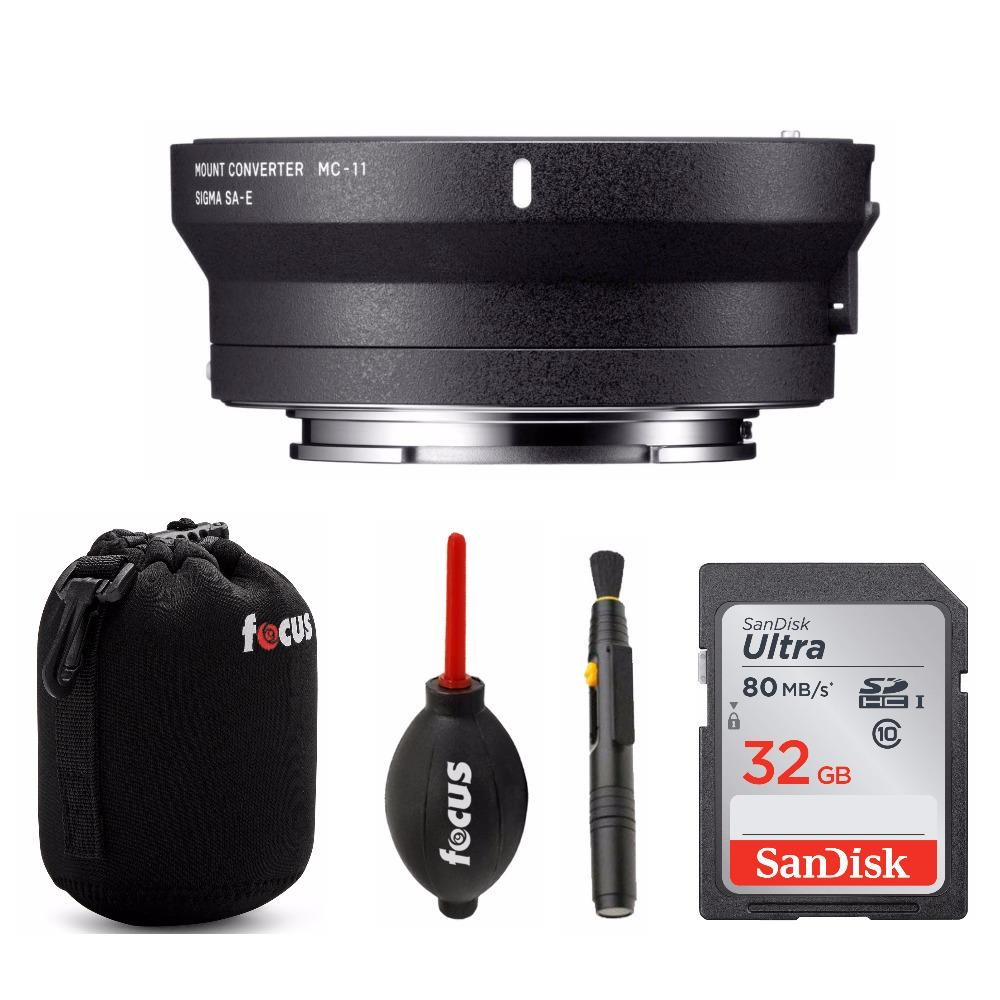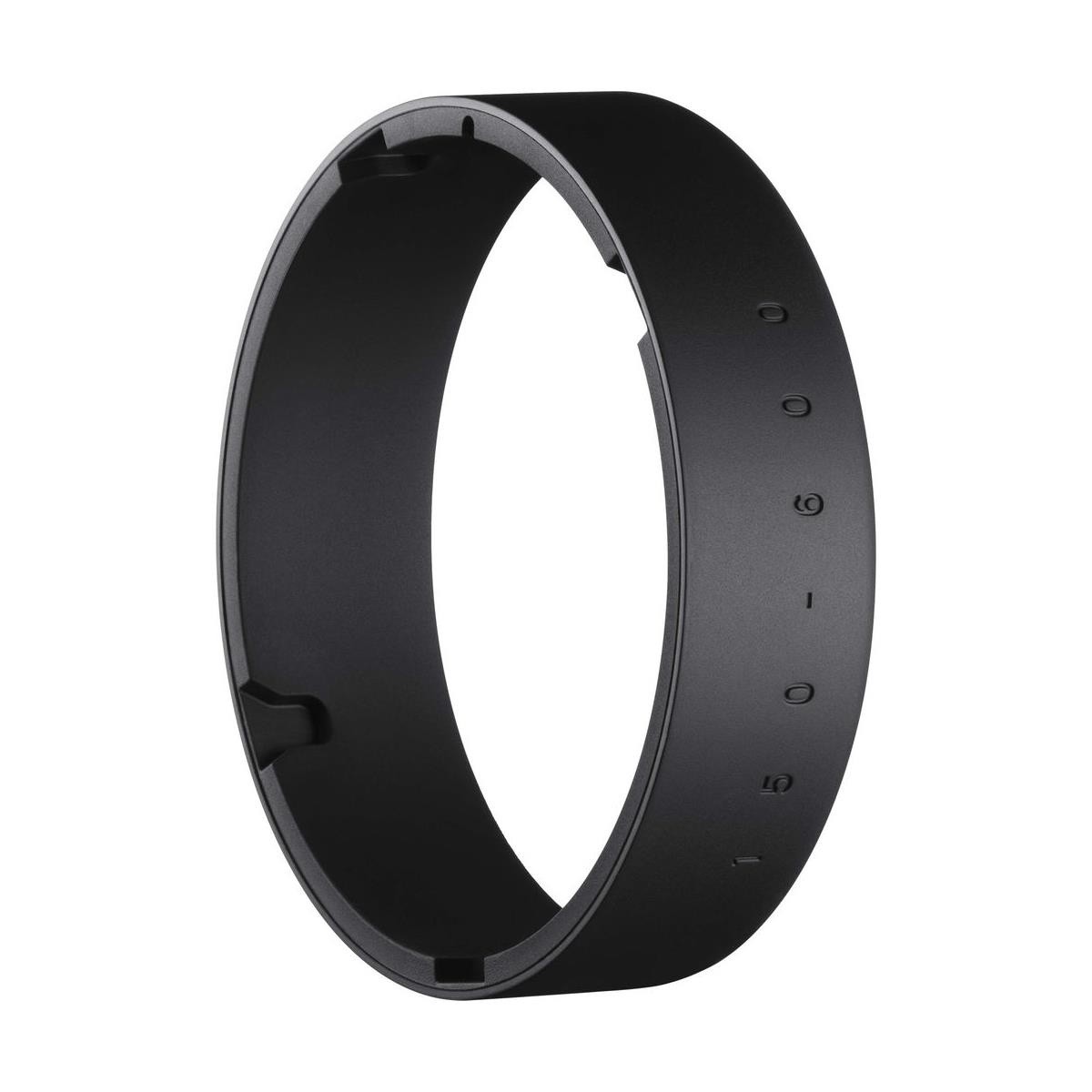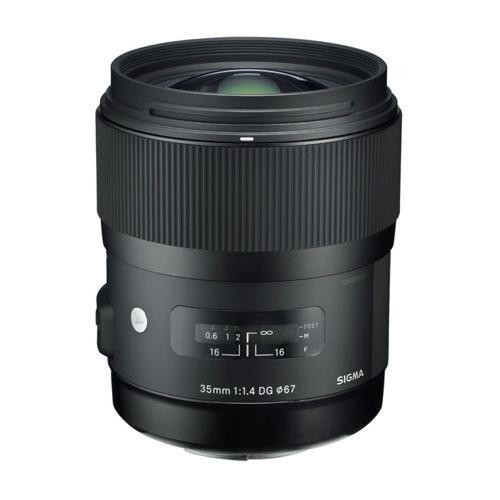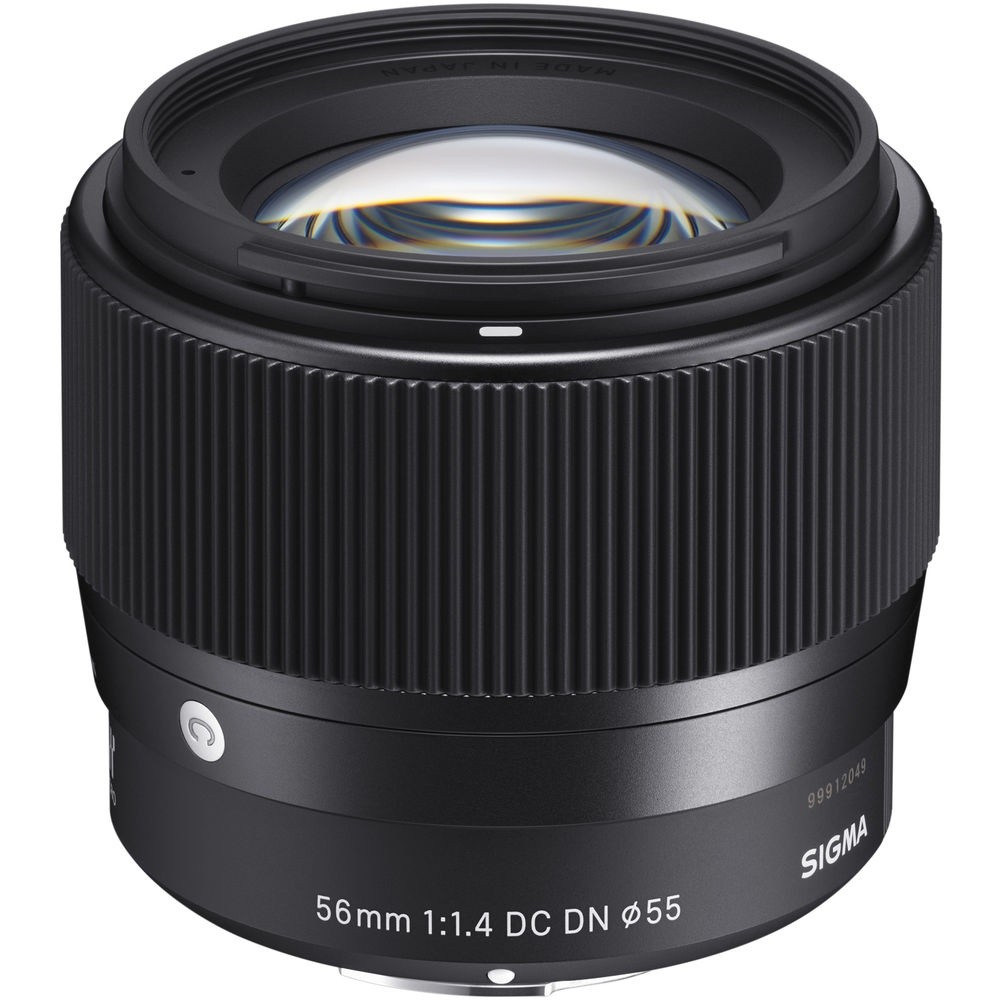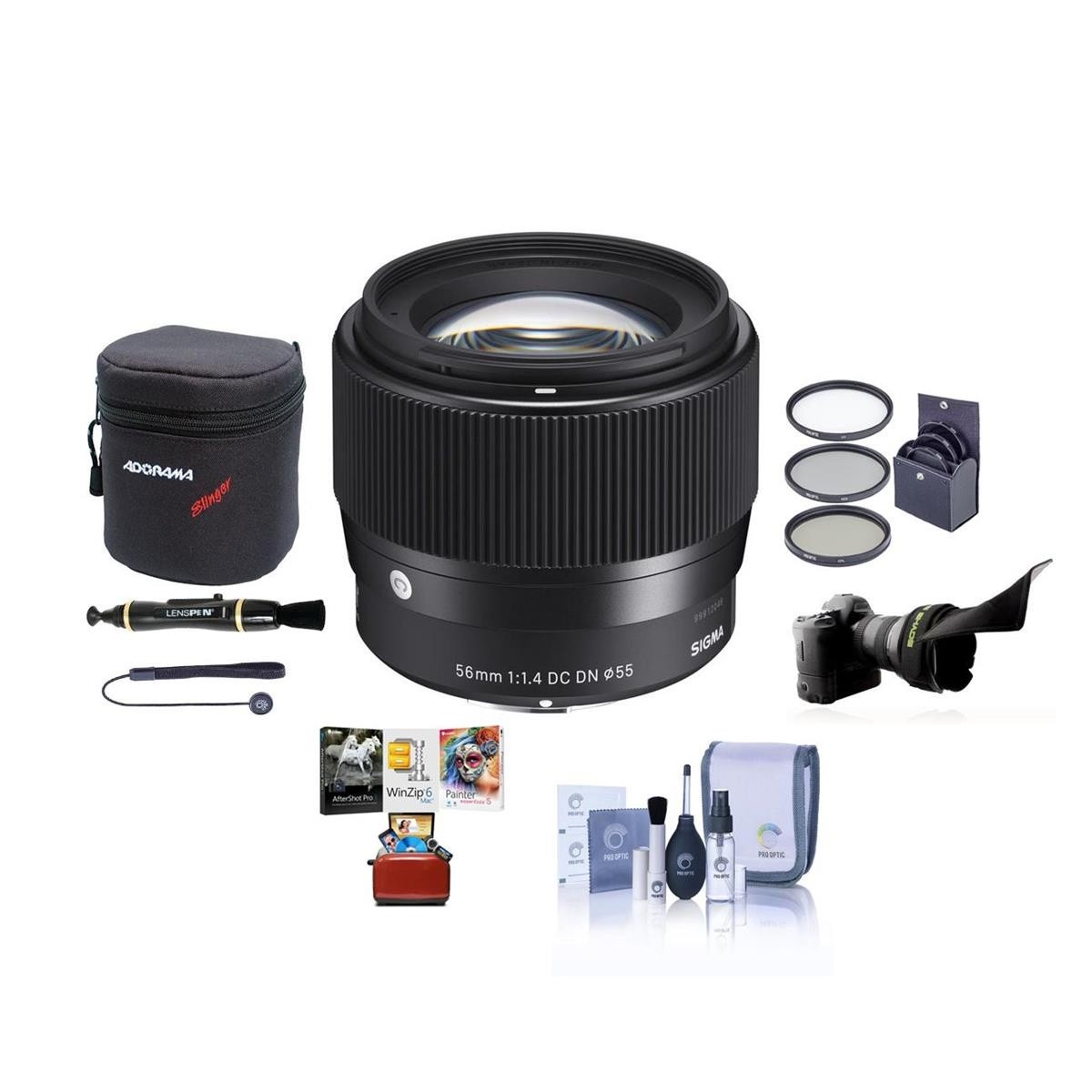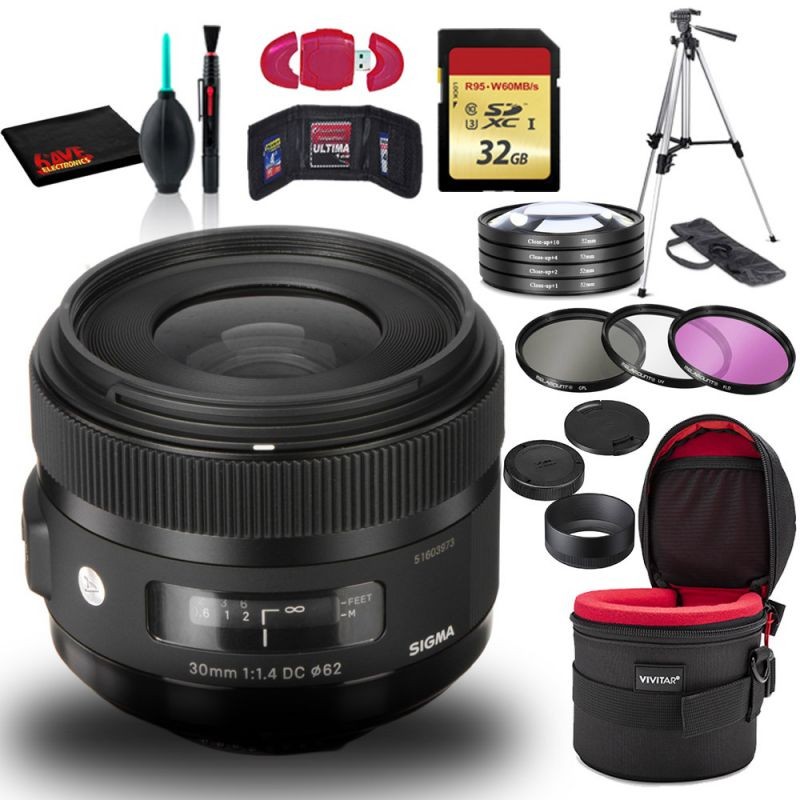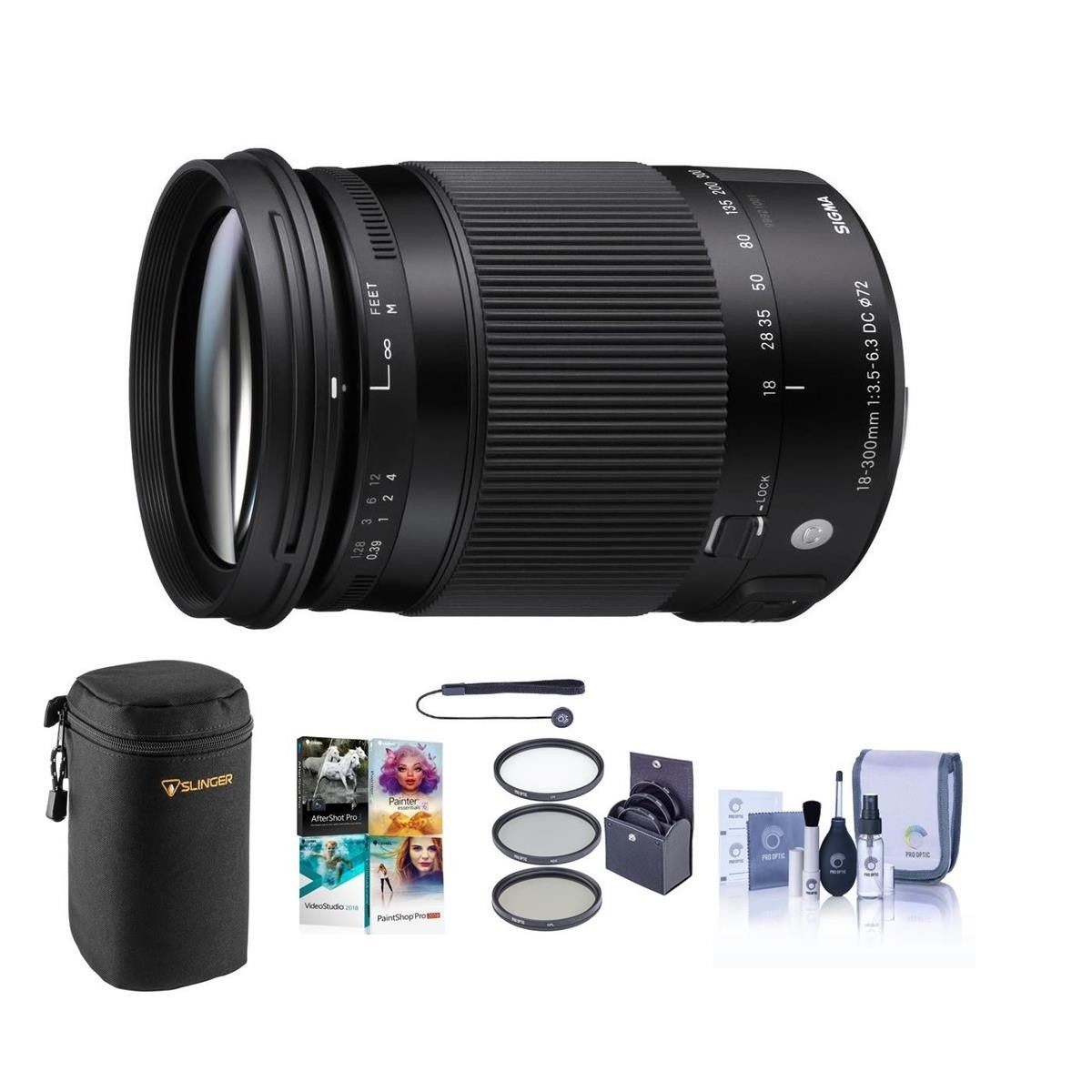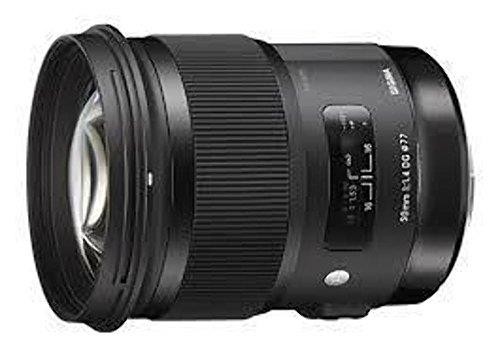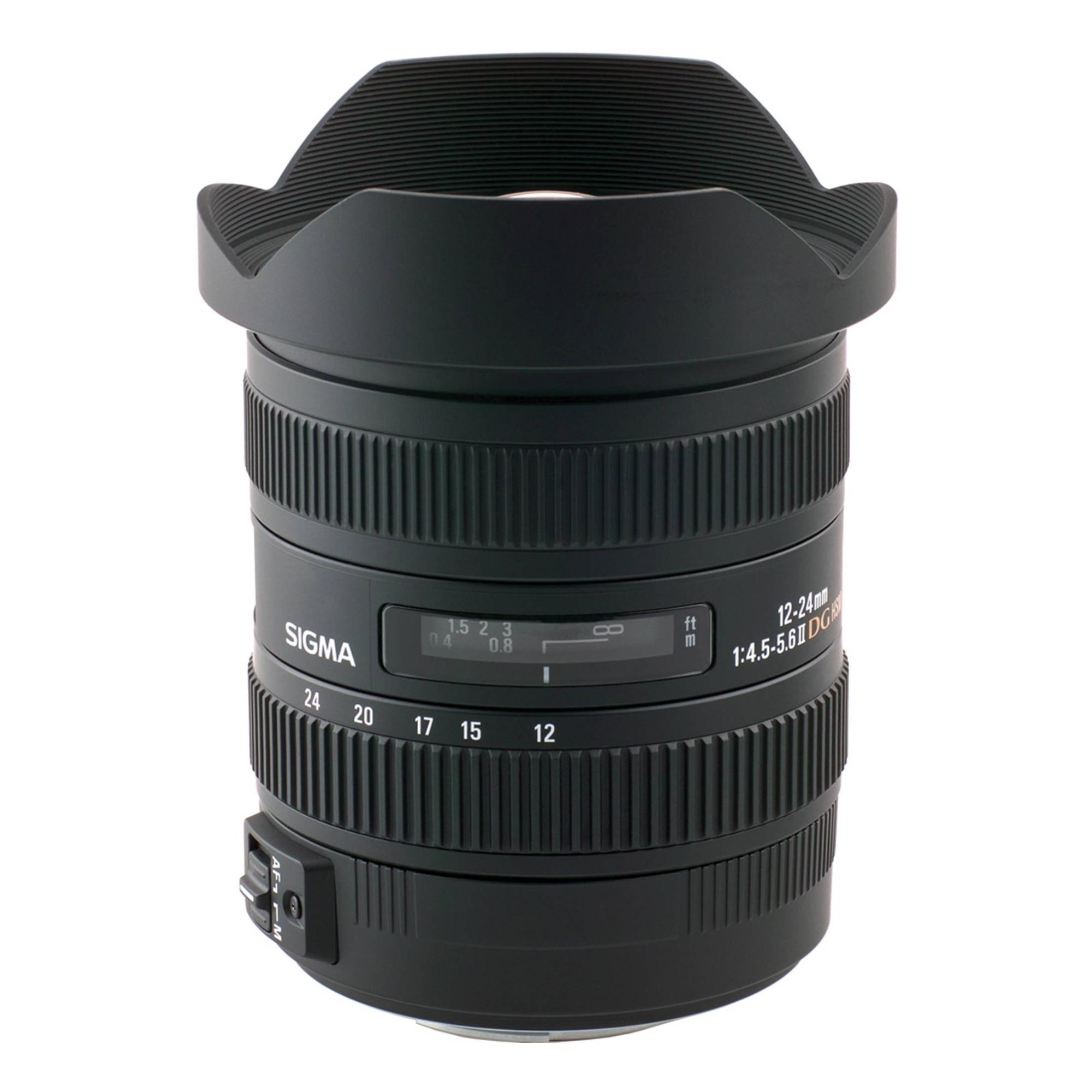Trusted shipping
Easy returns
Secure shopping
Buy Sigma 18-250mm F3.5-6.3 DC Macro OS HSM for Nikon F Cameras in United States - Cartnear.com
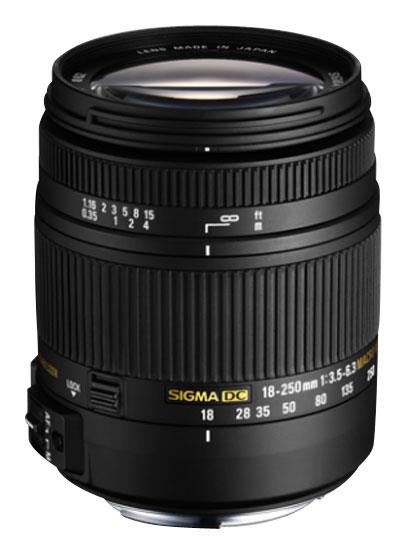
Sigma 18-250mm F3.5-6.3 DC Macro OS HSM for Nikon F Cameras
CTNR1069222 085126883553 CTNR1069222SIGMA
2027-01-02
/itm/sigma-18-250mm-f35-63-dc-macro-os-hsm-for-nikon-f-cameras-1069222
USD
266.74
$ 266.74 $ 274.99 3% Off
Compatibility
Nikon
Canon Digital SLR Cameras
Item Added to Cart
customer
*Product availability is subject to suppliers inventory
SHIPPING ALL OVER UNITED STATES
100% MONEY BACK GUARANTEE
EASY 30 DAYSRETURNS & REFUNDS
24/7 CUSTOMER SUPPORT
TRUSTED AND SAFE WEBSITE
100% SECURE CHECKOUT
| Brand | SIGMA |
|---|---|
| Model | 883-306 |
| Part | SLR Lenses |
| Type | Digital Camera Lenses |
| Color | Black |
| Diameter | 62 mm |
| Compatibility | Nikon |
| Focus Type | Auto Focus |
| Focal Length | 50 mm |
| Aperture | Maximum: f/3.5 - 6.3 Minimum: f/22 |
| Camera Mount | Nikon F |
| Minimum Focus Distance | 18 |
| Magnification | 0.34x |
| Lens Construction | 16 elements in 13 groups |
| Filter thread (Diameter) | 62 mm |
| Specifications | 62mm filters |
| Image Stabilization | Yes |
| Autofocus | Yes |
| Features | Image stabilization, Up to 4 stops claimed |
| Weight | 1.44 |
If you have a Nikon camera with a smaller-size APS-C sensor and F mount, then the 18-250mm F3.5-6.3 DC Macro OS HSM from Sigma is an incredibly versatile lens that is a real jack-of-all-trades lens you can carry in any situation. With a focal length spanning from a wide-angle 18mm up to a 250 mm telephoto zoom, with macro capabilities to boot, Sigmas 18-250mm could easily be your cameras first all-in-one lens, or a great replacement for several smaller lenses that youre looking to consolidate.Sigma redesigned the optical and structural design of this lens in order to achieve a relatively compact size, at 4.0" long, as well as a close minimum focusing distance of 13.8" for macro photography. Their Thermally Stable Composite (TSC) construction maintains the structure of the lens, with little variation despite changing temperatures. The lens also incorporates a brass-made bayonet mount, to further reinforce the lenses durability and resistance to wear and tear over time.The minimum focusing distance is the same throughout the focal length of the entire zoom range, and provides a maximum magnification ratio of 1:2.9. As an added benefit over fixed focal length macro lenses, the size and framing of subjects can quickly and easily be adjusted by rotating the zoom ring. For even further convenience, at each focusing distance on the side of the lens barrel, the maximum magnification ratio is also displayed.The 18-250mm F3.5-6.3 DC Macro OS HSM has been built with Sigmas exclusive Optical Stabilizer (OS) function. This provides approximately 4-stops of effective camera correction, allowing for lower-light shooting, or greater sharpness in adequate lighting situations. This benefit is even carried into the macro range of photography, where the slightest bump or blur could easily ruin an image. This stabilizer is also adaptive to moving subjects, detecting your movement as you pan the camera and lens, offering effective cor

